
The Conceptual Storytelling of Nendo: The Space in Between
Words by Sara Panagiotopoulou
Location
Holon, Israel
The Conceptual Storytelling of Nendo: The Space in Between
Words by Sara Panagiotopoulou
Holon, Israel
Holon, Israel
Location
The Design Museum Holon is currently hosting the exhibit, “Nendo: The Space in Between”, showcasing the work of innovative designer, Oki Sato, and his studio. The fascinating exhibition, which began on June 9th and will continue until October 29th, 2016, is curated by independent curator, Maria Cristina Didero, and boasts not only a novel theme but also a novel approach to its display.

Photo by Takumi Ota.
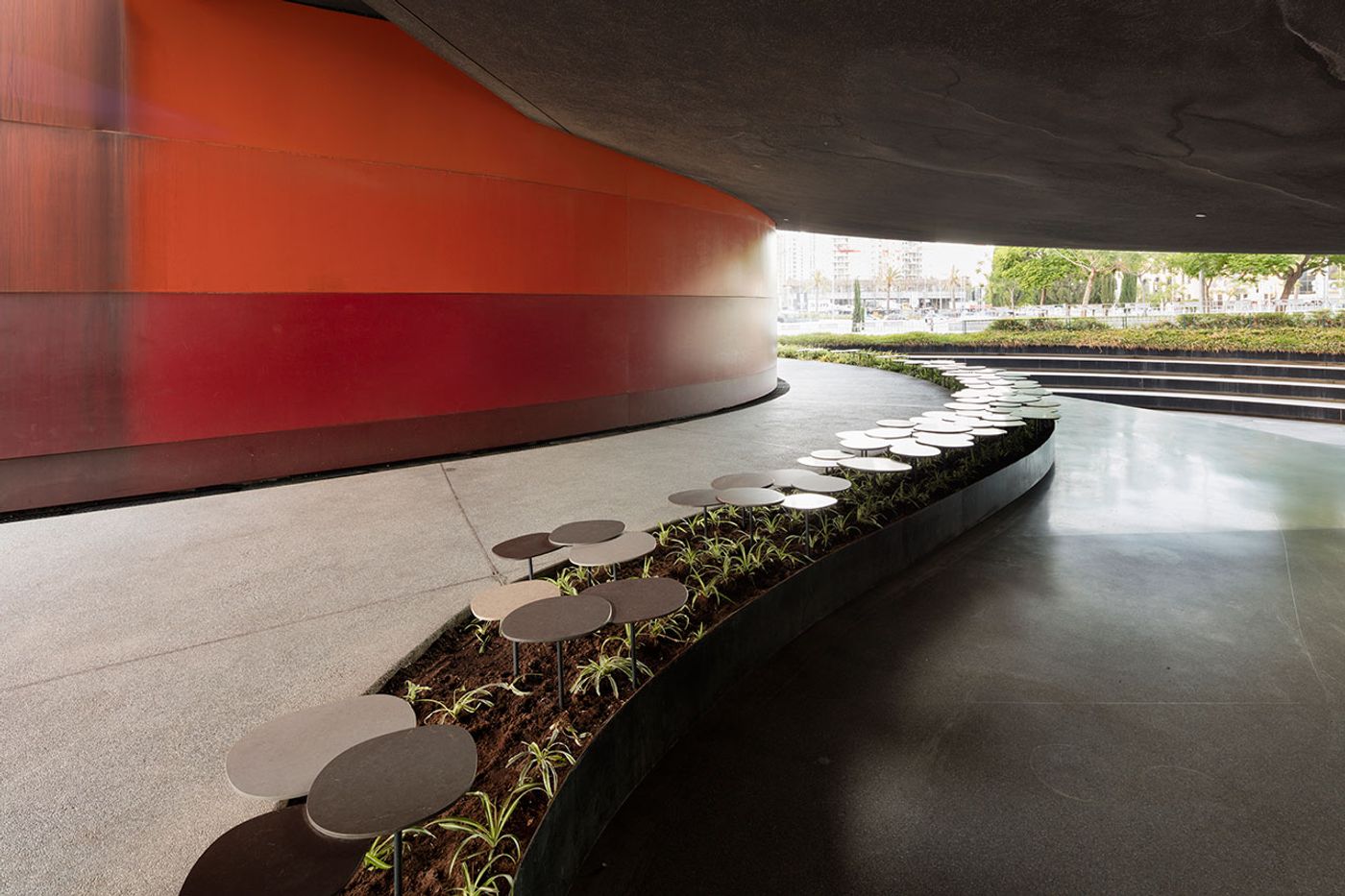
Photo by Takumi Ota.
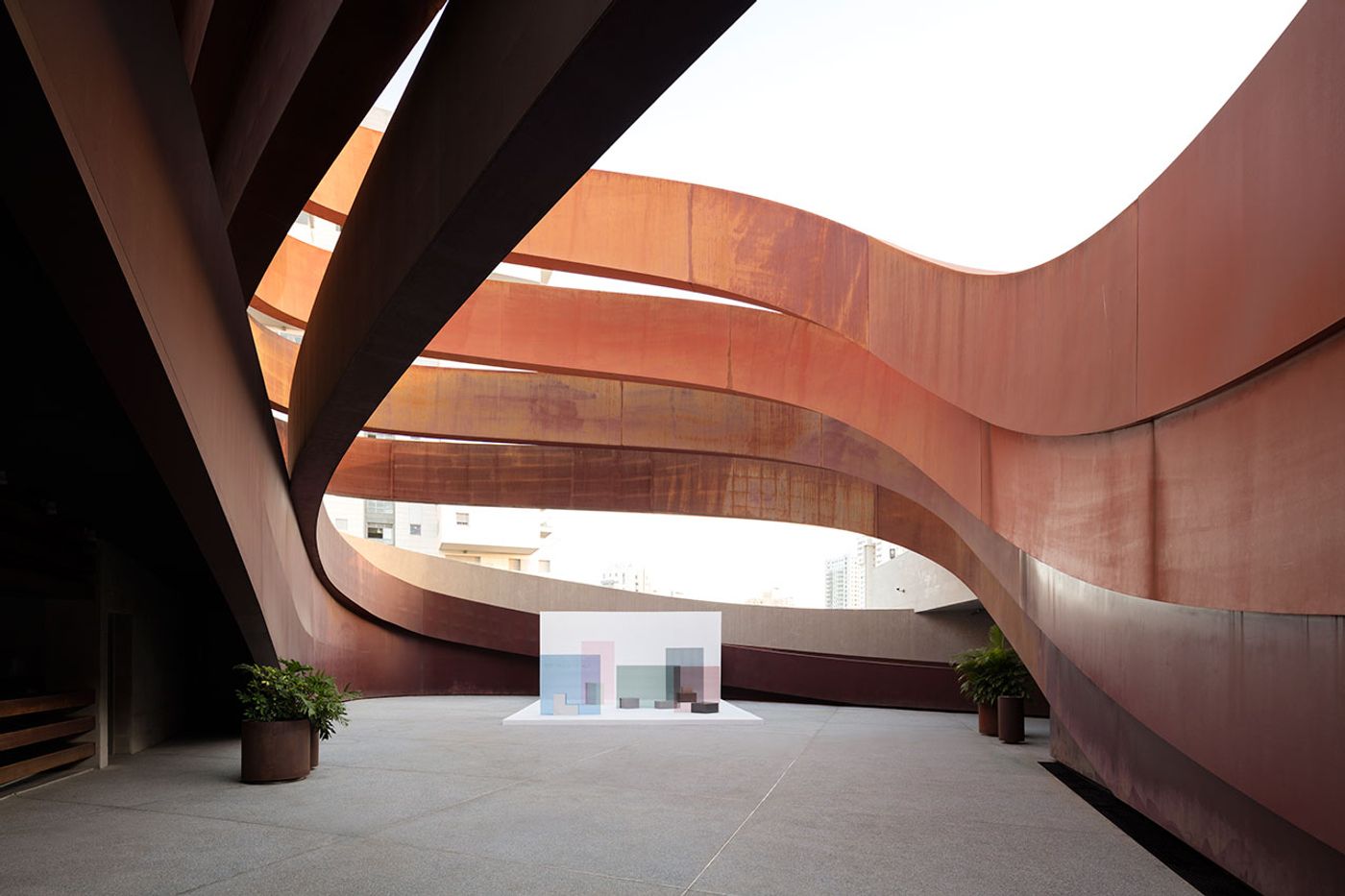
Photo by Takumi Ota.
“The challenge of presenting Nendo’s work from ‘A to today’ - because Z is still a long way away - was very thrilling to me,” Maria Cristina says when referencing the discussions she shared with Design Museum Holon’s Chief Curator, Galit Gaon. The test was in discerning the, “narrative expedient to tell this fascinating and unique story of a young studio in Tokyo that has conquered a paramount importance [in the International scene] in the space over a few years.” Maria Cristina points out that the exhibition can’t be called a “retrospective” since Oki Sato isn’t even forty years old yet, but she felt that, “it was the right moment to make the point about his prolific and qualitative work.”
The exhibition’s theme is quite conceptual. After all, how does one go about displaying the “space” between concepts such as relationships, or processes? But both curator and designer collaborated to come up with a characteristically innovative answer to its display. “Most of the pieces are conceptual,” Maria Cristina agrees. “But Oki came up with this amazing installation; the boxes where the objects live inside.” The result is a virtual “village where all the pieces live as if they were real characters of a major story,” she says.
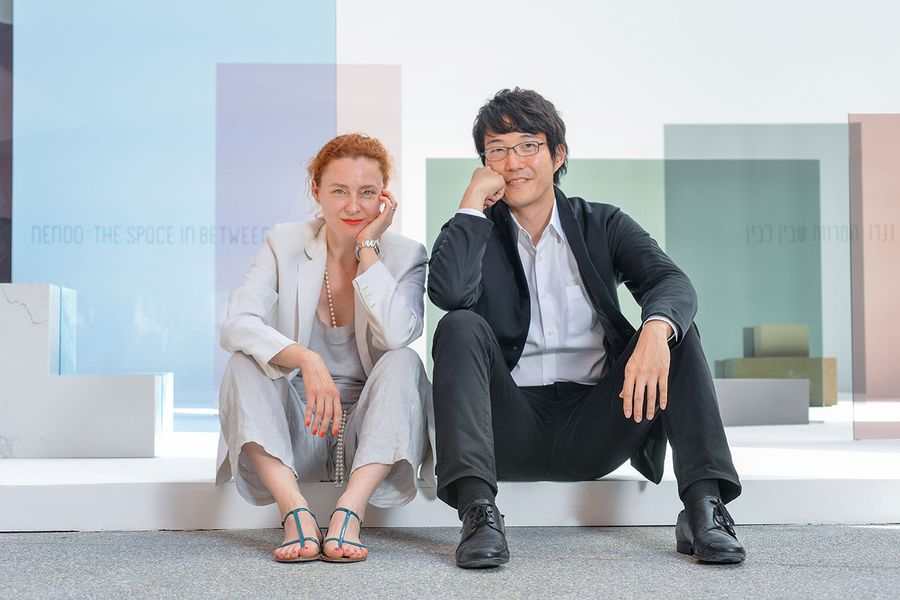
Maria Cristina Didero and Oki Sato. Photo by Shay Ben Efraim.
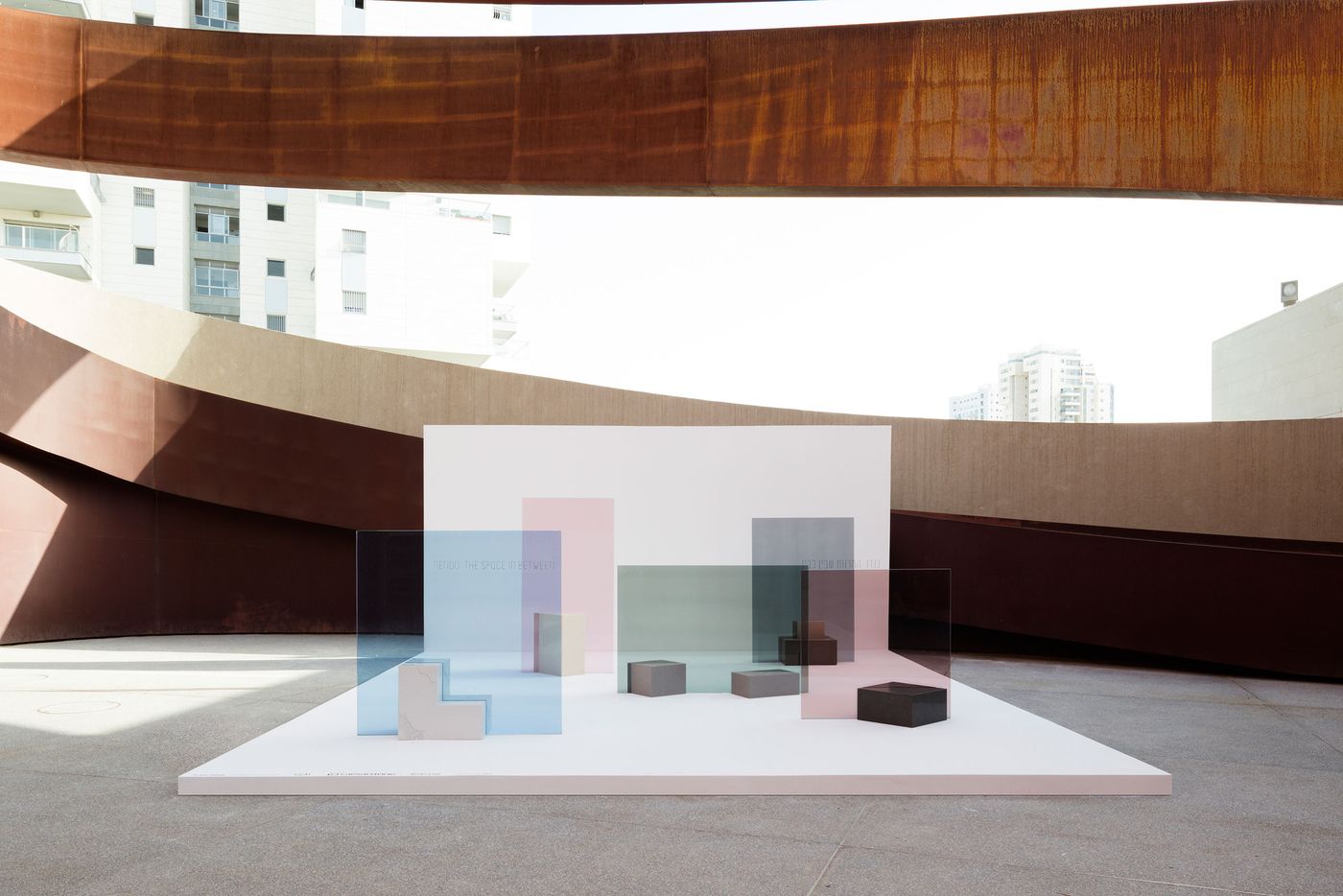
Photo by Takumi Ota.
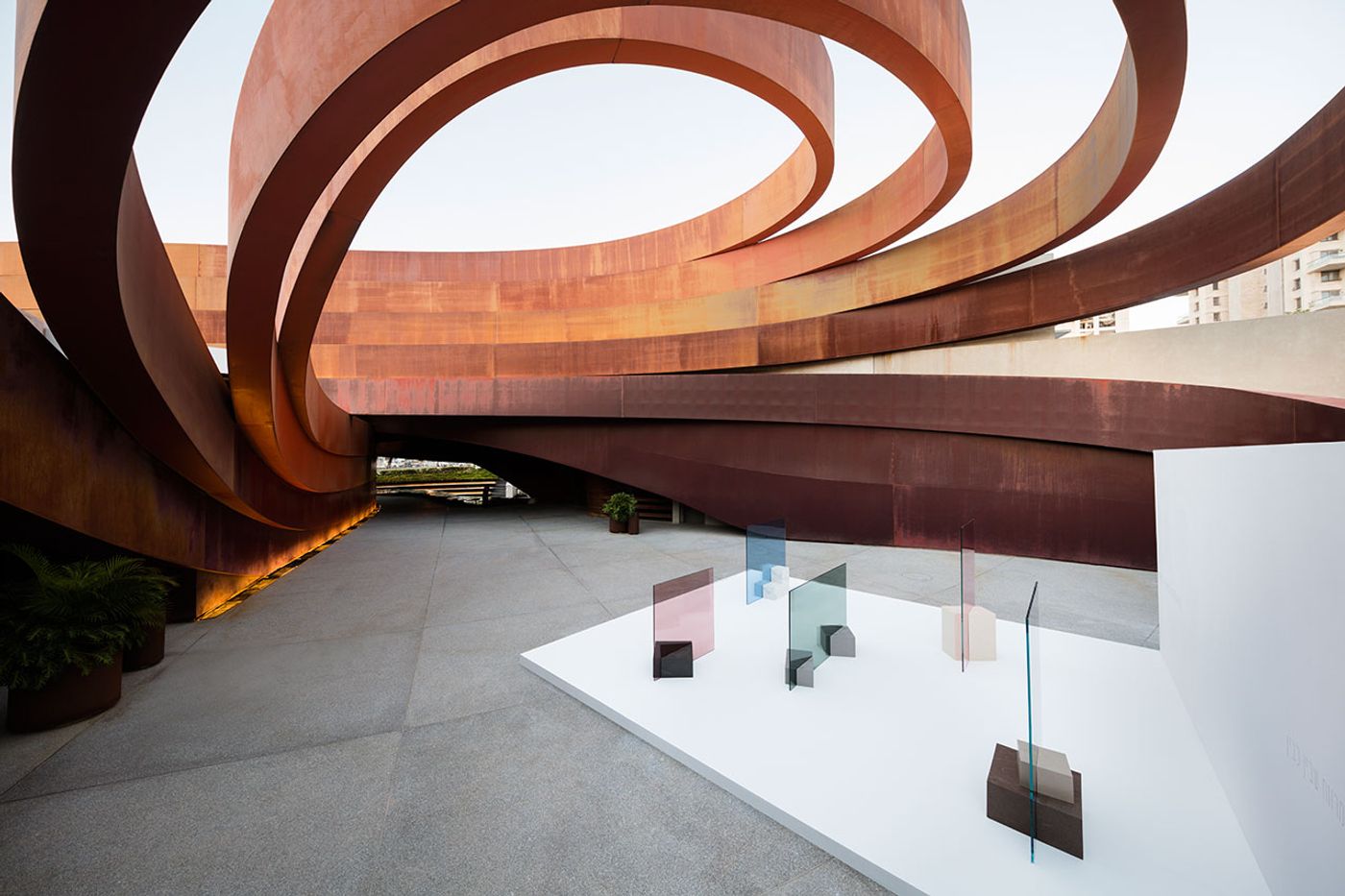
Photo by Takumi Ota.
Visitors are invited to meander among this “village” of large, open-top boxes, which are organized as if around roads and “town squares.” Peeking inside them, one discovers nendo’s displayed installations, each of which visually expresses one of the six “between” concepts of the exhibit’s theme: Processes; Textures; Boundaries; Objects; Relationships and Senses, making it an exhibition where one feels a part of the storyline and is encouraged to participate in it, not merely observe it.
“The story is made by Oki’s passion, talent and incredible hard work,” Maria Christina says, noting that “he is really unique.” Not to be missed is “in the shade,” the installation which nendo designed exclusively with the courtyard of the Ron Arad designed museum in mind, in collaboration with Ceasarstone. It’s comprised of a series of five free-standing screens of colored sheet glass by Glas Italia which have been affixed upon Ceasarstone pedestals. The result is an inimitable visual play of shade and light, outdoors and indoors, achieving the desired “space between” theme through the overlapping materials in the environment in which they are placed and depending on the angle of an observer’s perception.
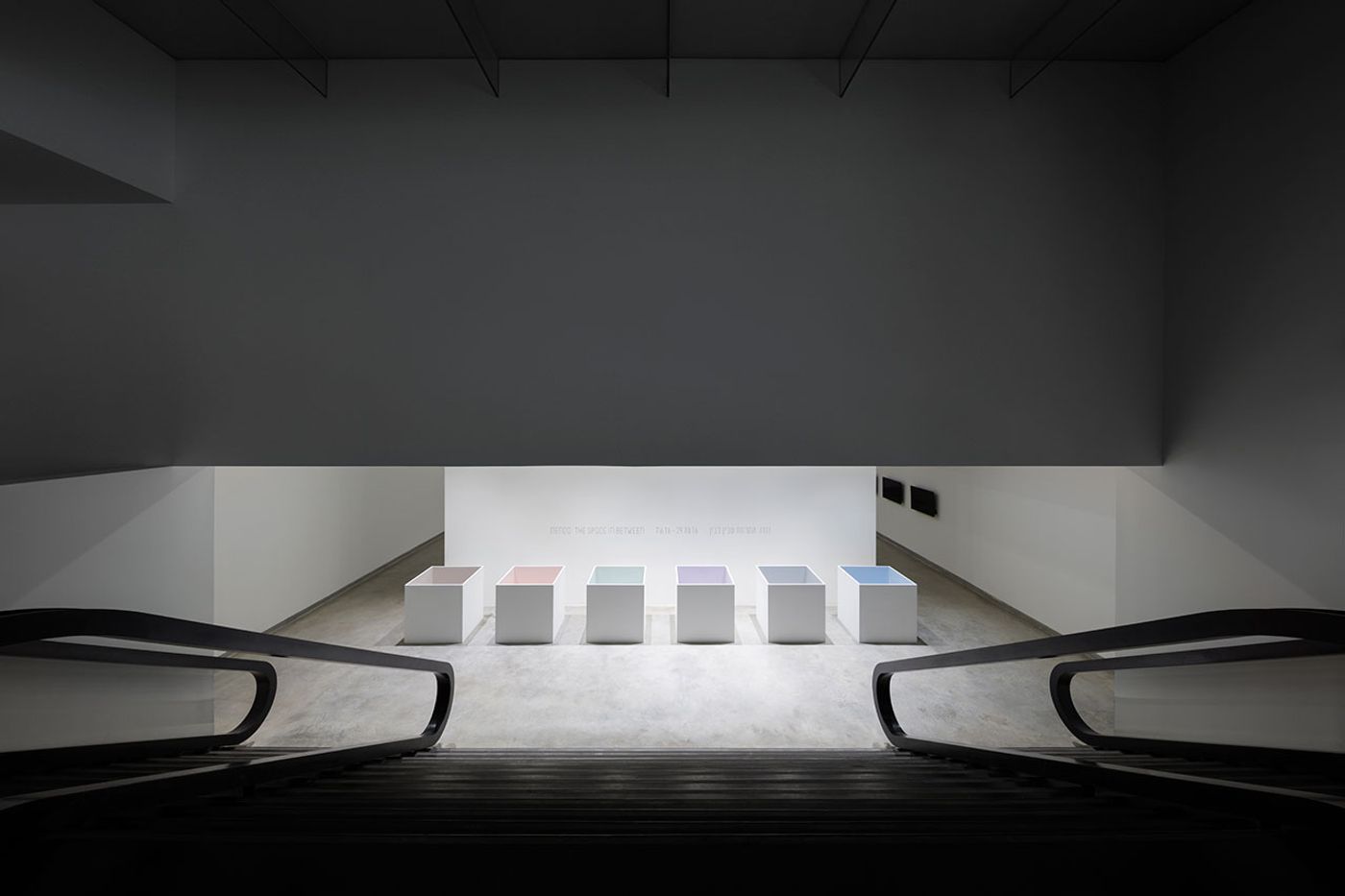
Photo by Takumi Ota.
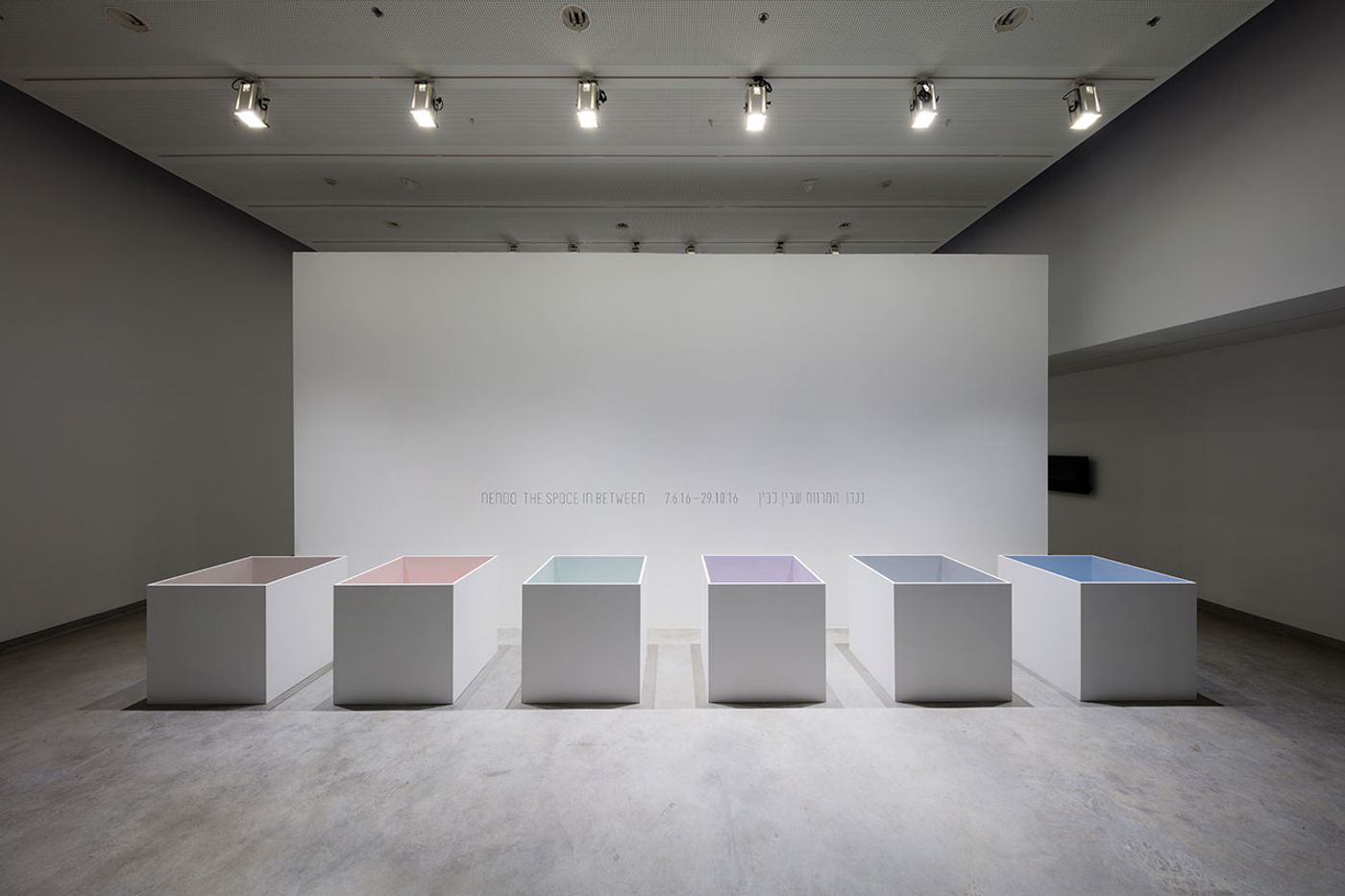
Photo by Takumi Ota.
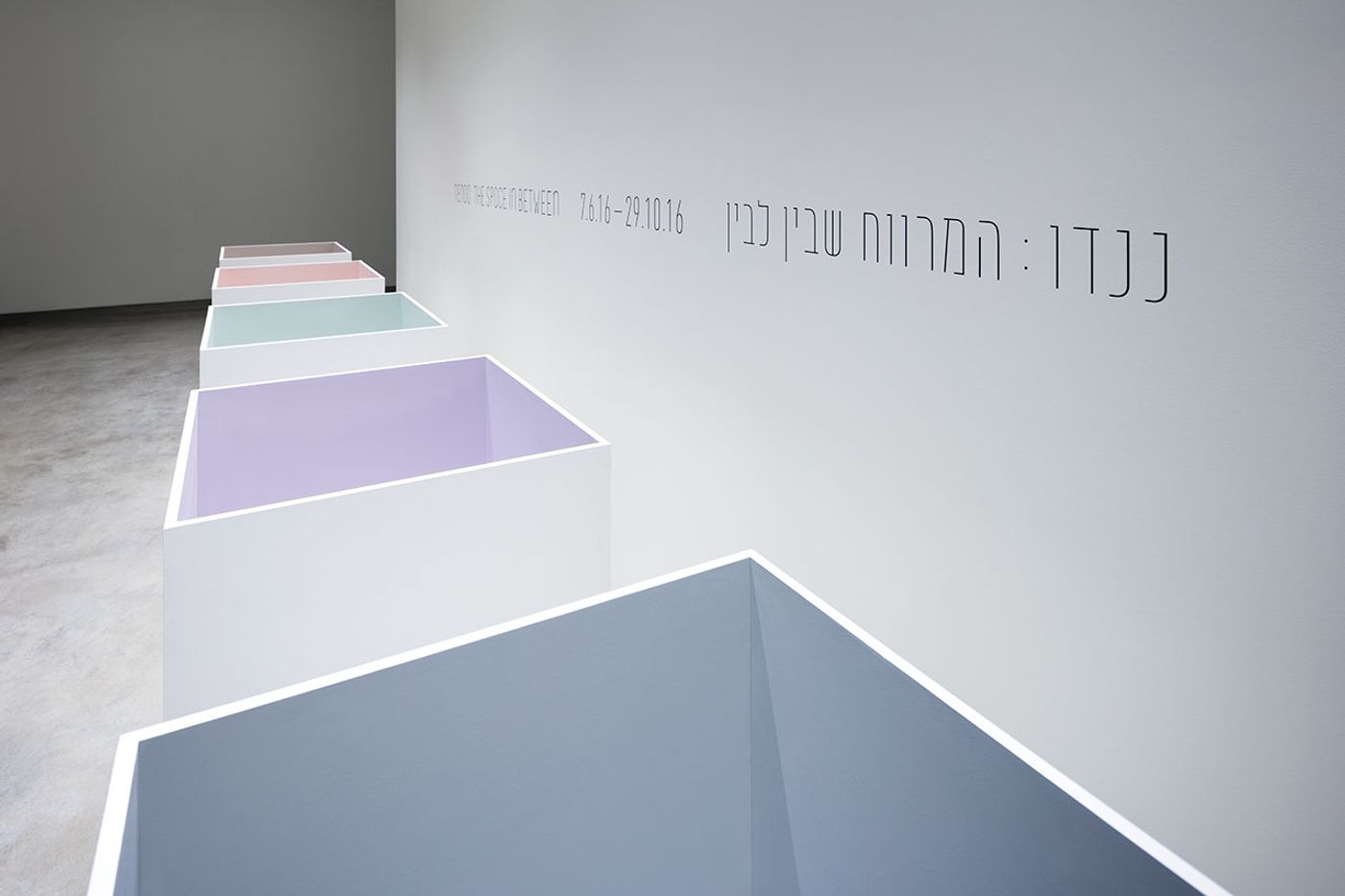
Photo by Takumi Ota.
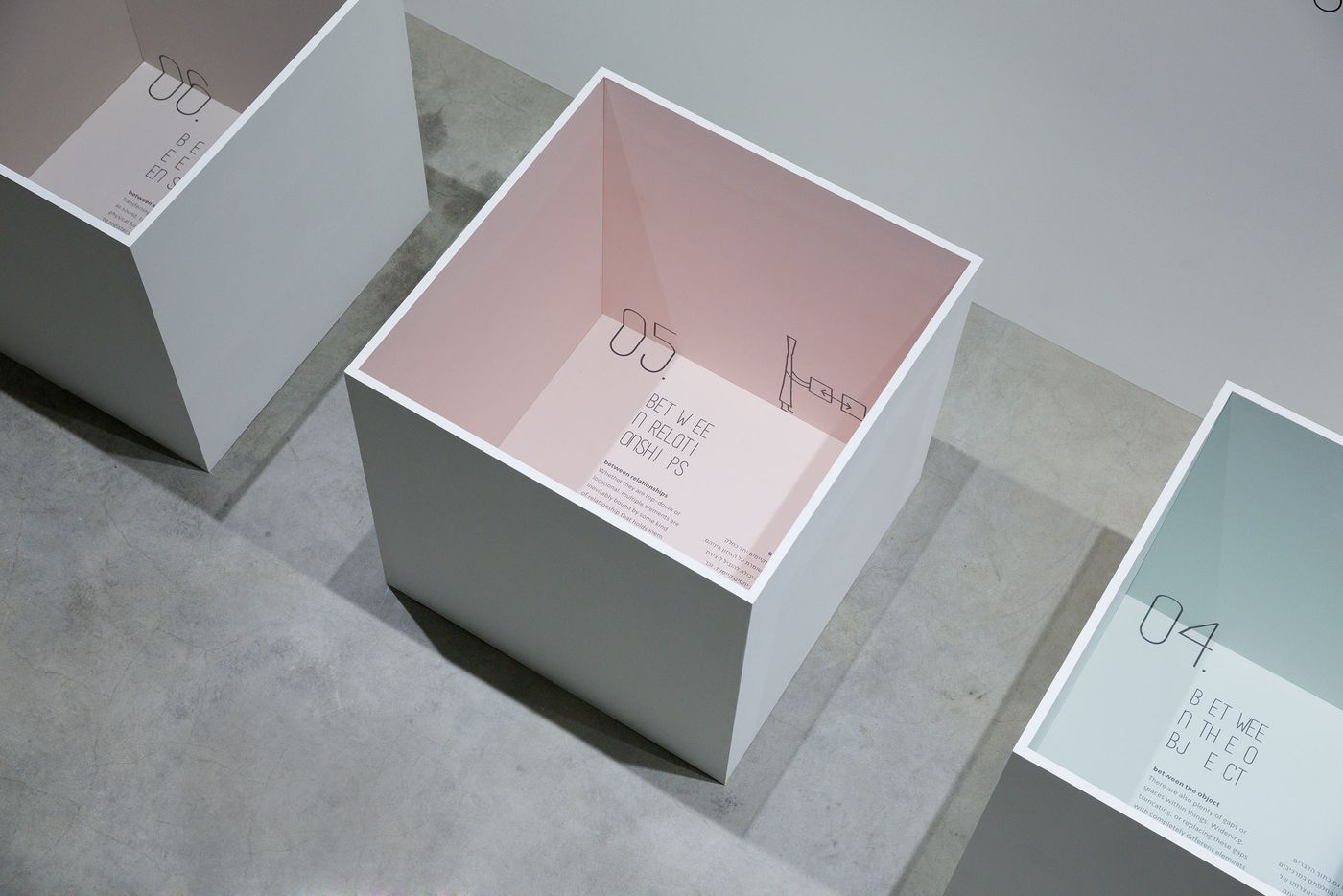
Photo by Takumi Ota.
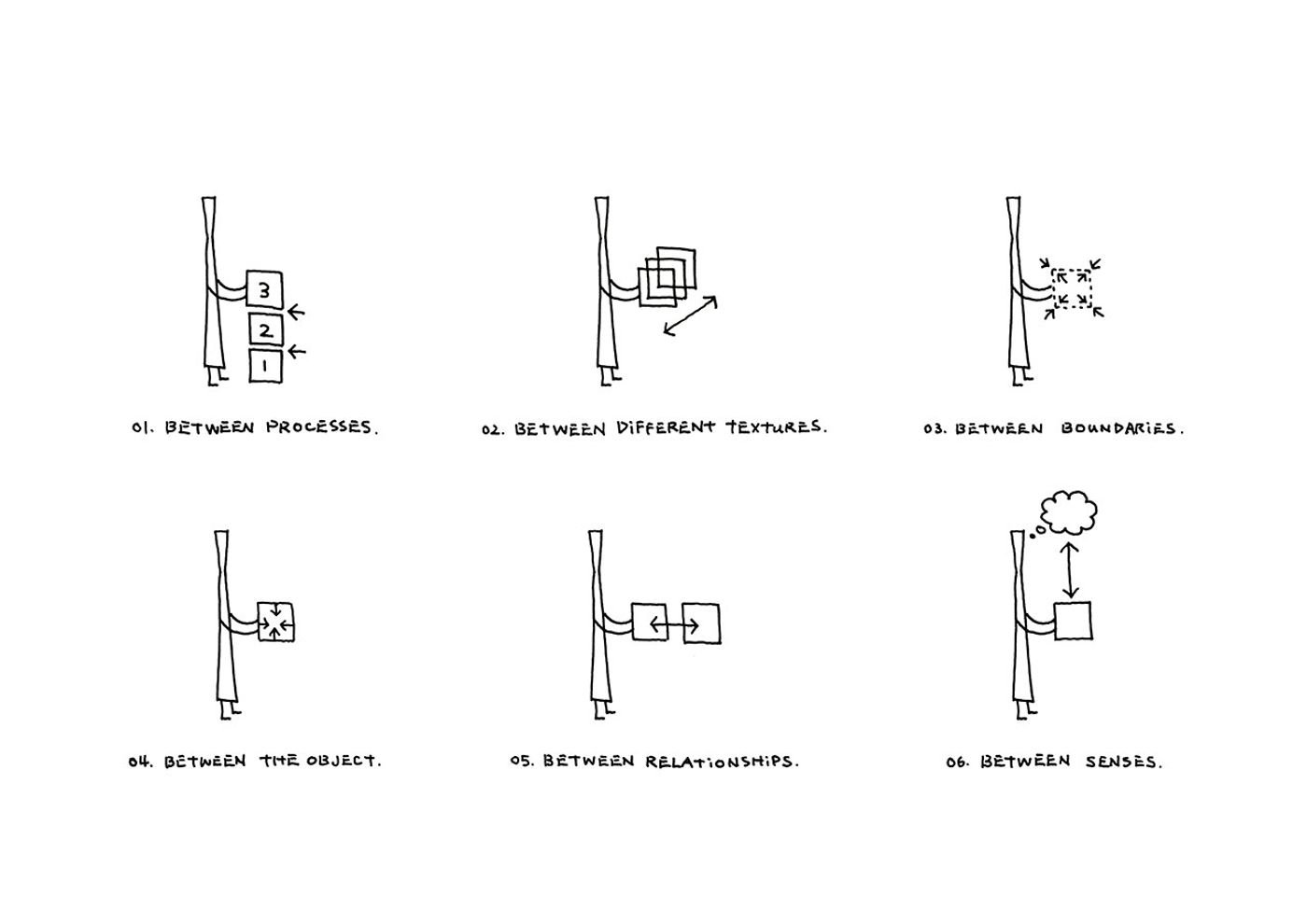
Sketch © Nendo.
Unquestionably, one of the most engaging aspects of the exhibit are the animations of Nendo’s sketches which the Museum specifically commissioned for the displays, and which feature throughout. “The poetry of his simple but very expressive sketches became even more involving when transformed into these animations/short movies that give you the vision of what Oki usually says to describe his special approach: to keep on looking at the world through the eyes of a child,” Maria Cristina shares. She also surmises that his love of mangas (Japanese cartoons) was probably also a contributing force to this intriguing addition.
“The cultural triangle of Milan/Tel Aviv/Tokyo was not the easiest but we succeeded,” Maria Cristina tells us when asked what in particular, if anything, about this exhibition—an exhibition curated by an Italian, hosted in Israel, featuring the work of a Japanese designer - is a special source of pride for her. She also brings up the point that perhaps it’s fitting that she’s Italian since Italy has been an inspiration to Oki from that first fateful trip he took to Milan’s Salone del Mobile in 2002, upon his graduation from Tokyo’s Waseda University. He has since established not only a studio in Milan (where he and Maria Cristina would often meet up to finalize ideas for the show) but has worked with some of the most seminal Italian design brands, such as Cappellini, Moroso and Bisazza among many other international houses.

Photo by Takumi Ota.
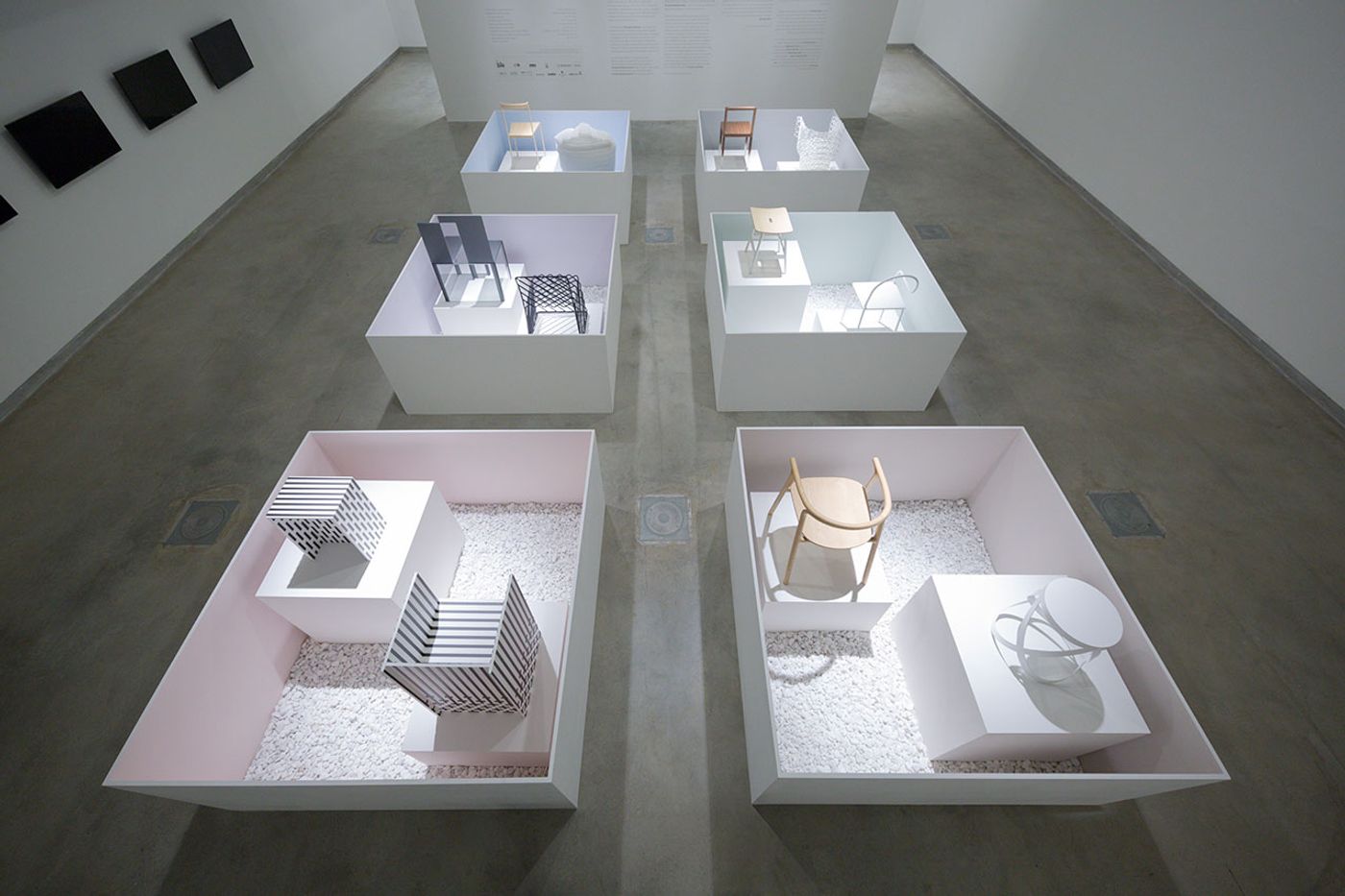
Photo by Takumi Ota.

Photo by Takumi Ota.
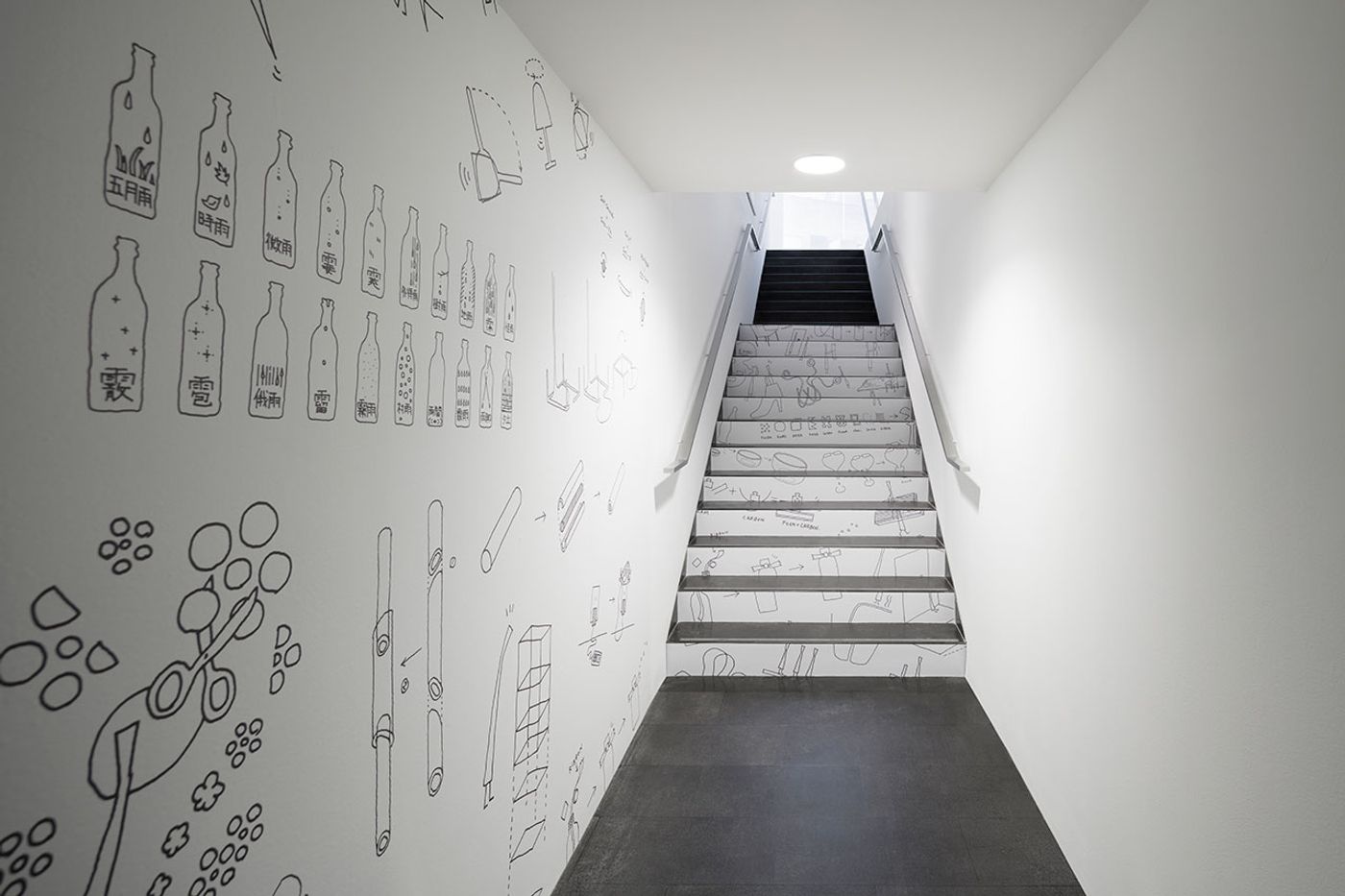
Photo by Takumi Ota.

Sketch © Nendo and Takeshi Yamamura.
“I’m interested in other people’s talents,” Maria Cristina says. “I believe that design is […] about persons and their different approach to design.” On an individual level, one of the things she’s most satisfied with is that this show introduced her to the unique way Oki works and that she was afforded a glimpse into his personal experiences with design. “I wanted to tell more about the person,” she says, and the resulting visual narrative is certainly a wonderful reflection of this goal, wherein the talented artist is rightfully cast as the star of the show.
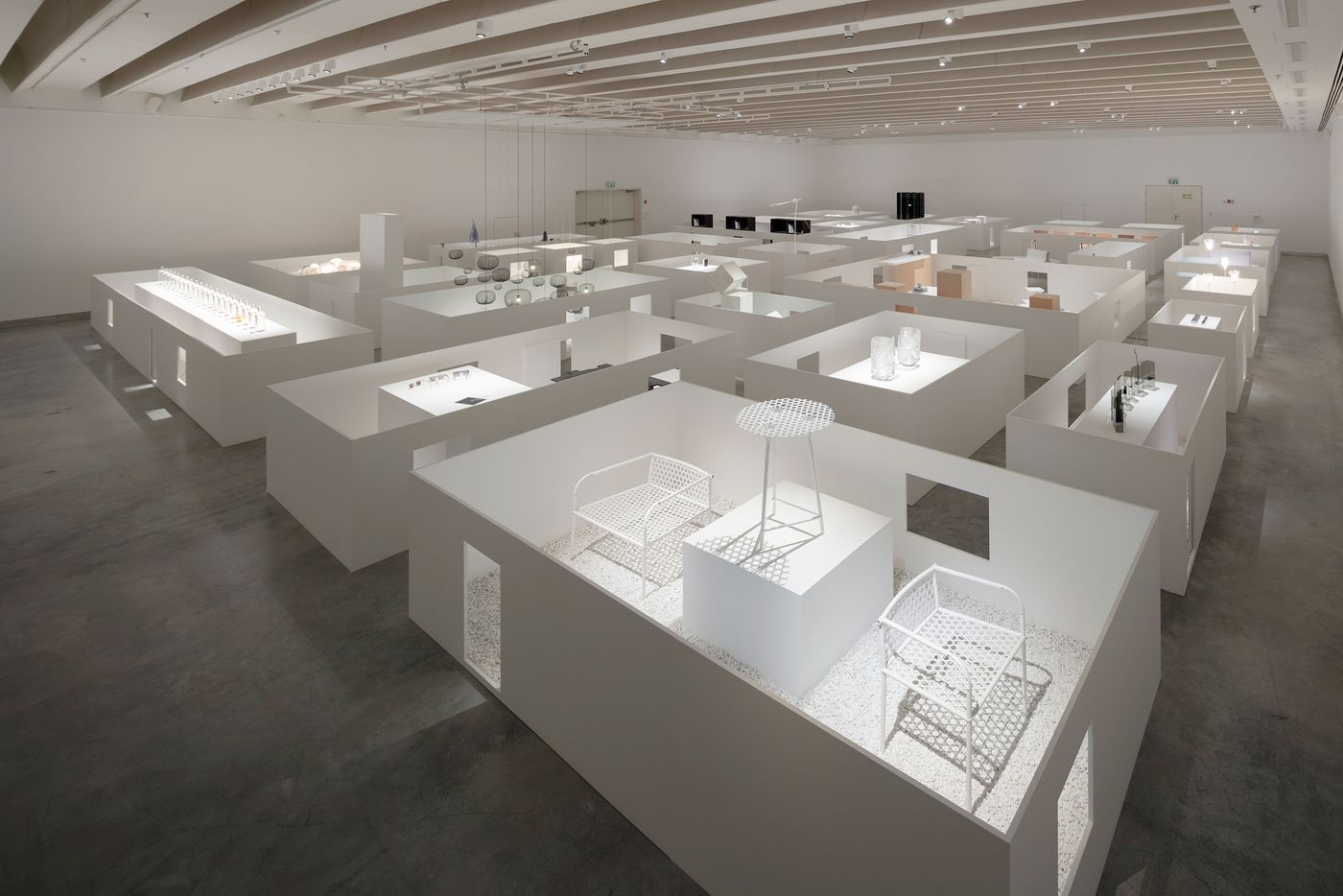
Photo by Takumi Ota.

Photo by Takumi Ota.
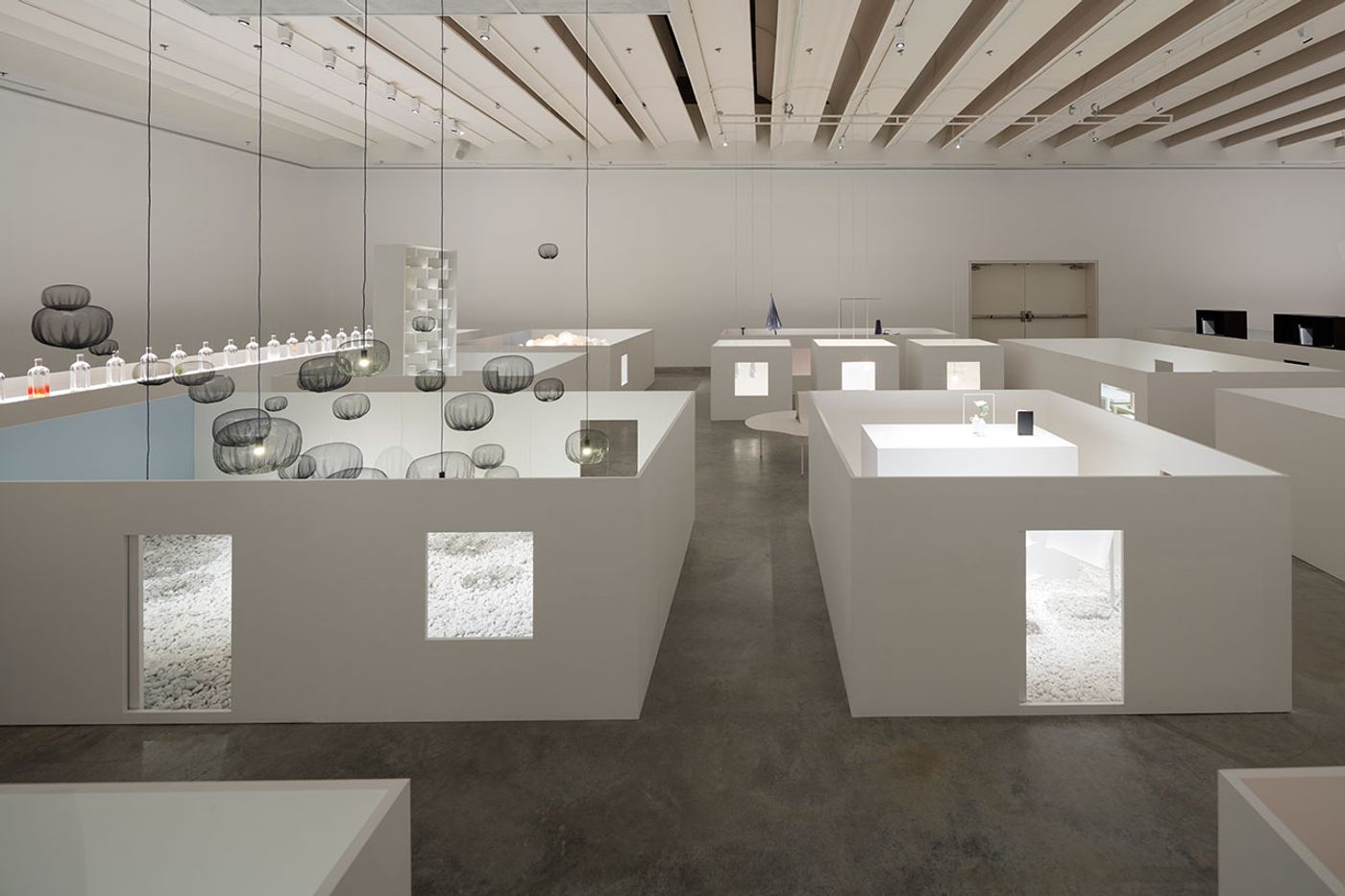
Photo by Takumi Ota.
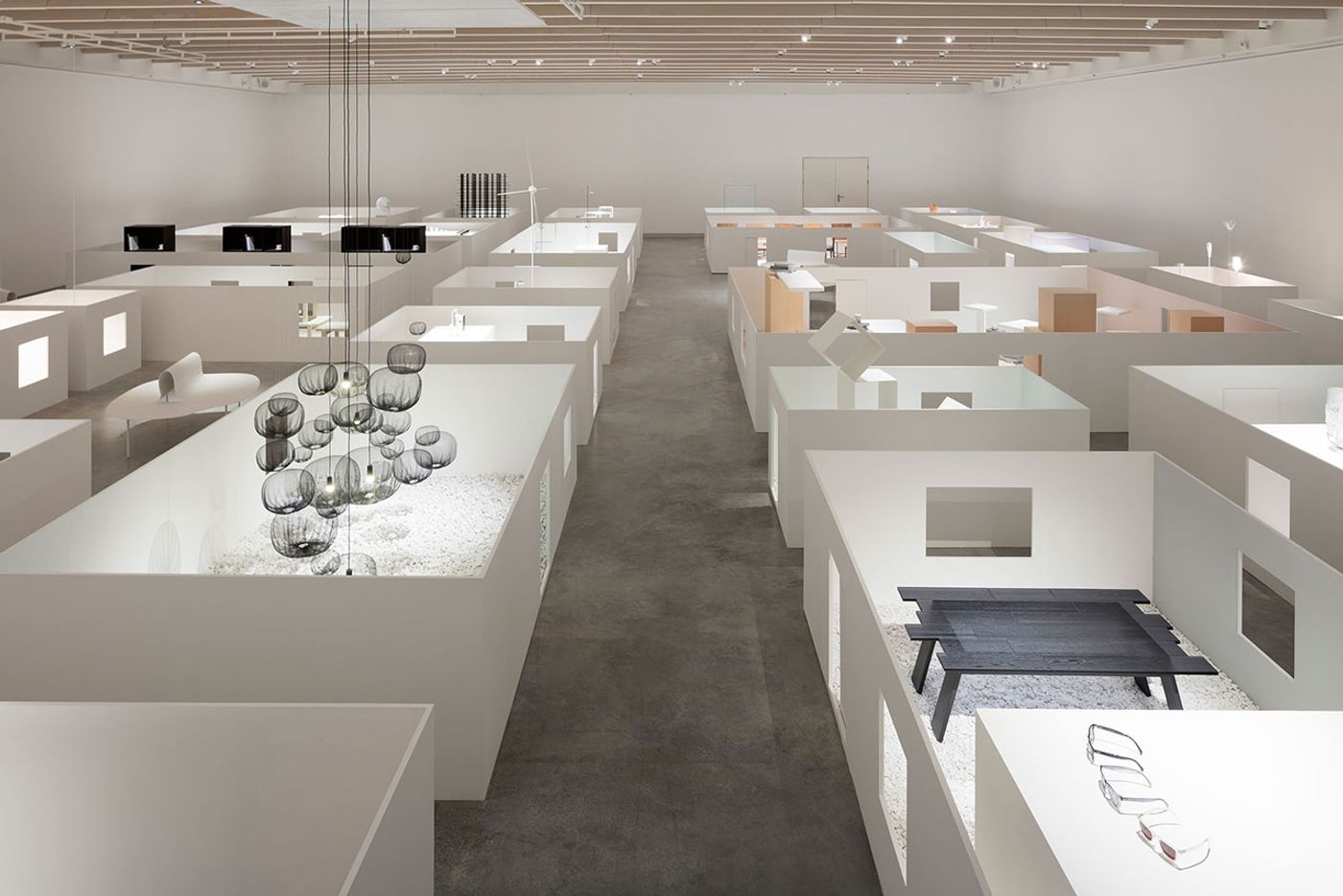
Photo by Takumi Ota.
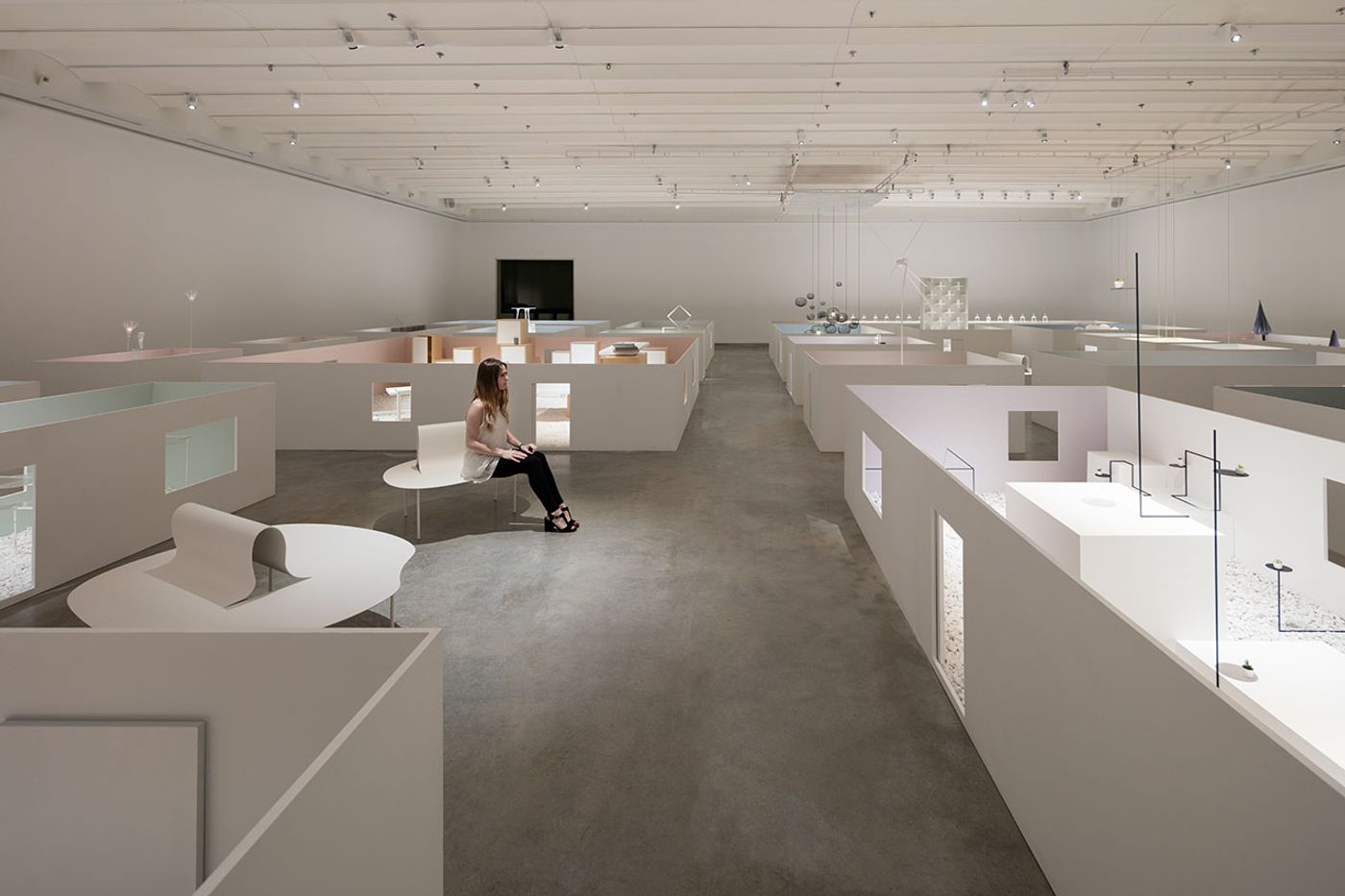
Photo by Takumi Ota.

Photo by Takumi Ota.

Photo by Takumi Ota.
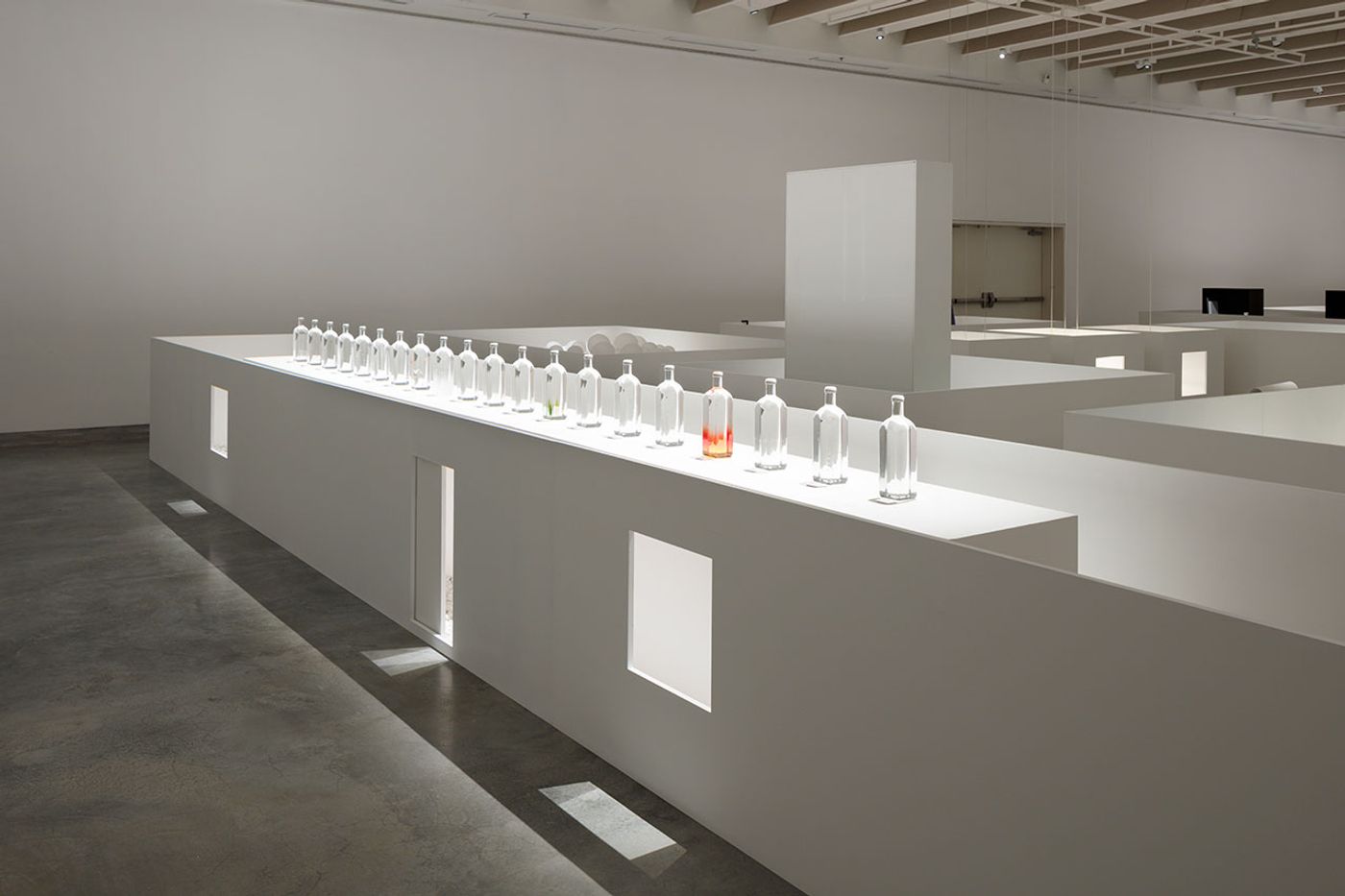
Photo by Takumi Ota.
Most of the pieces are conceptual, but Oki came up with this amazing installation; the boxes where the objects live inside. The result is a virtual village where all the pieces live as if they were real characters of a major story. - Maria Cristina Didero | curator
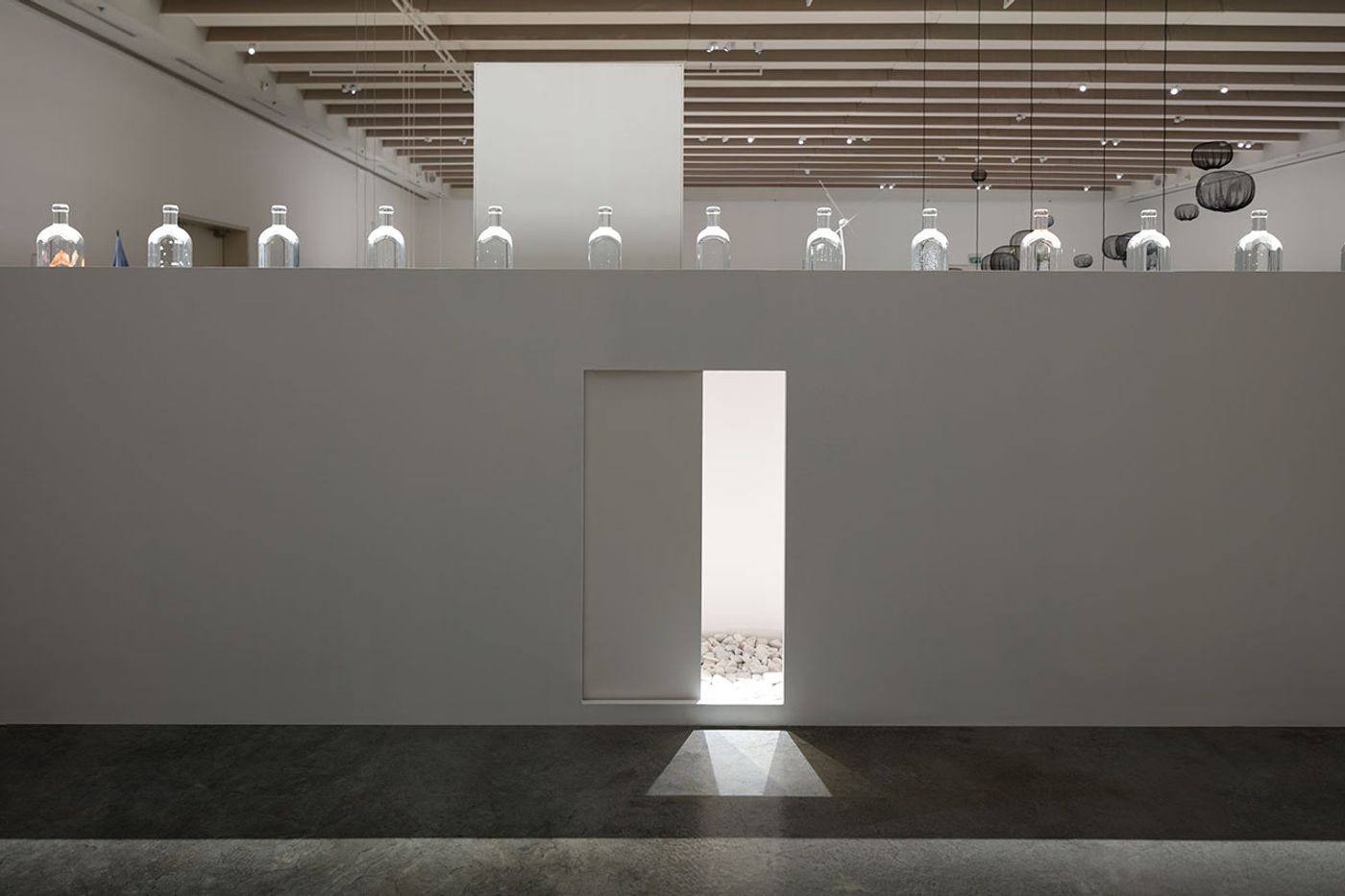
Photo by Takumi Ota.
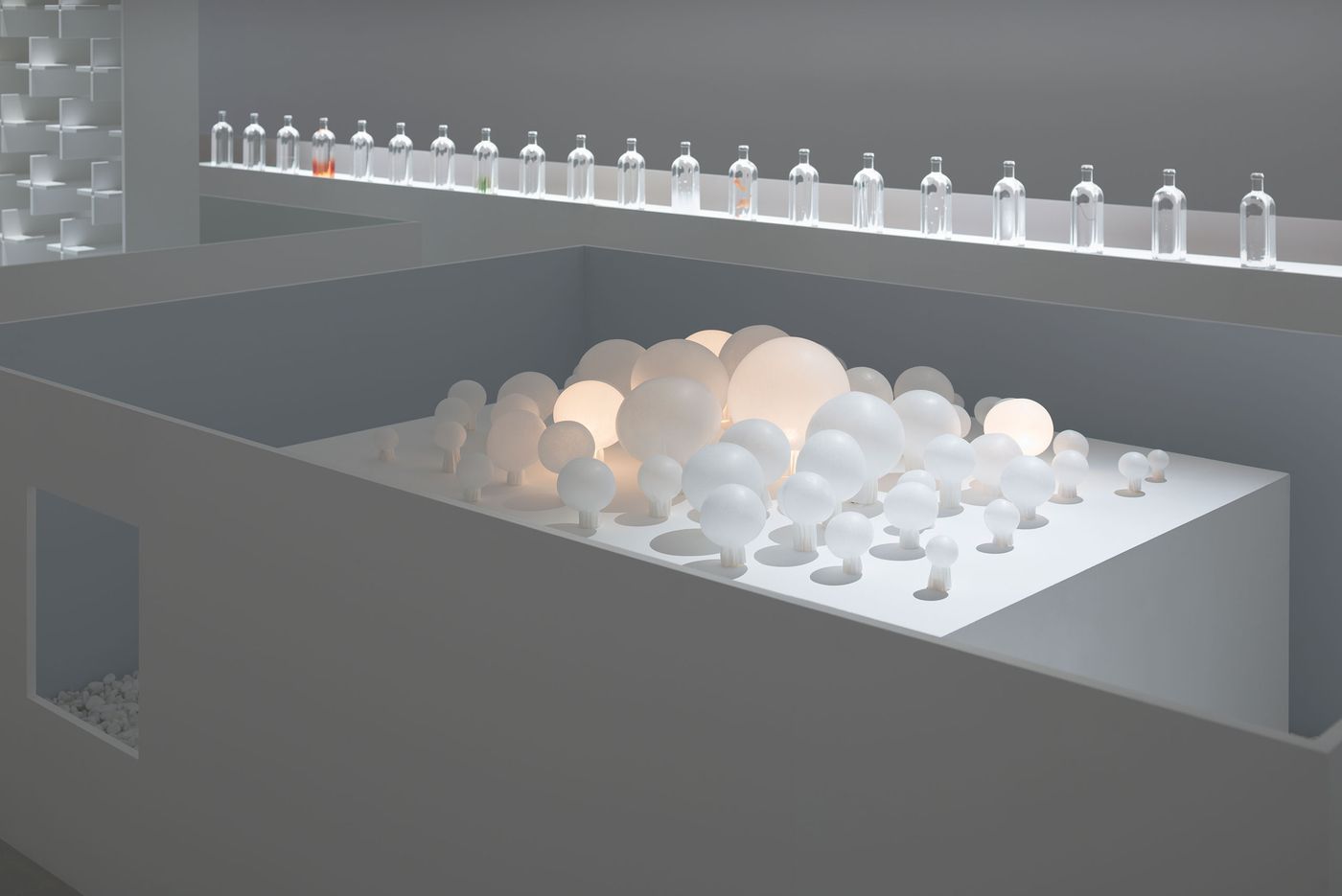
Photo by Takumi Ota.
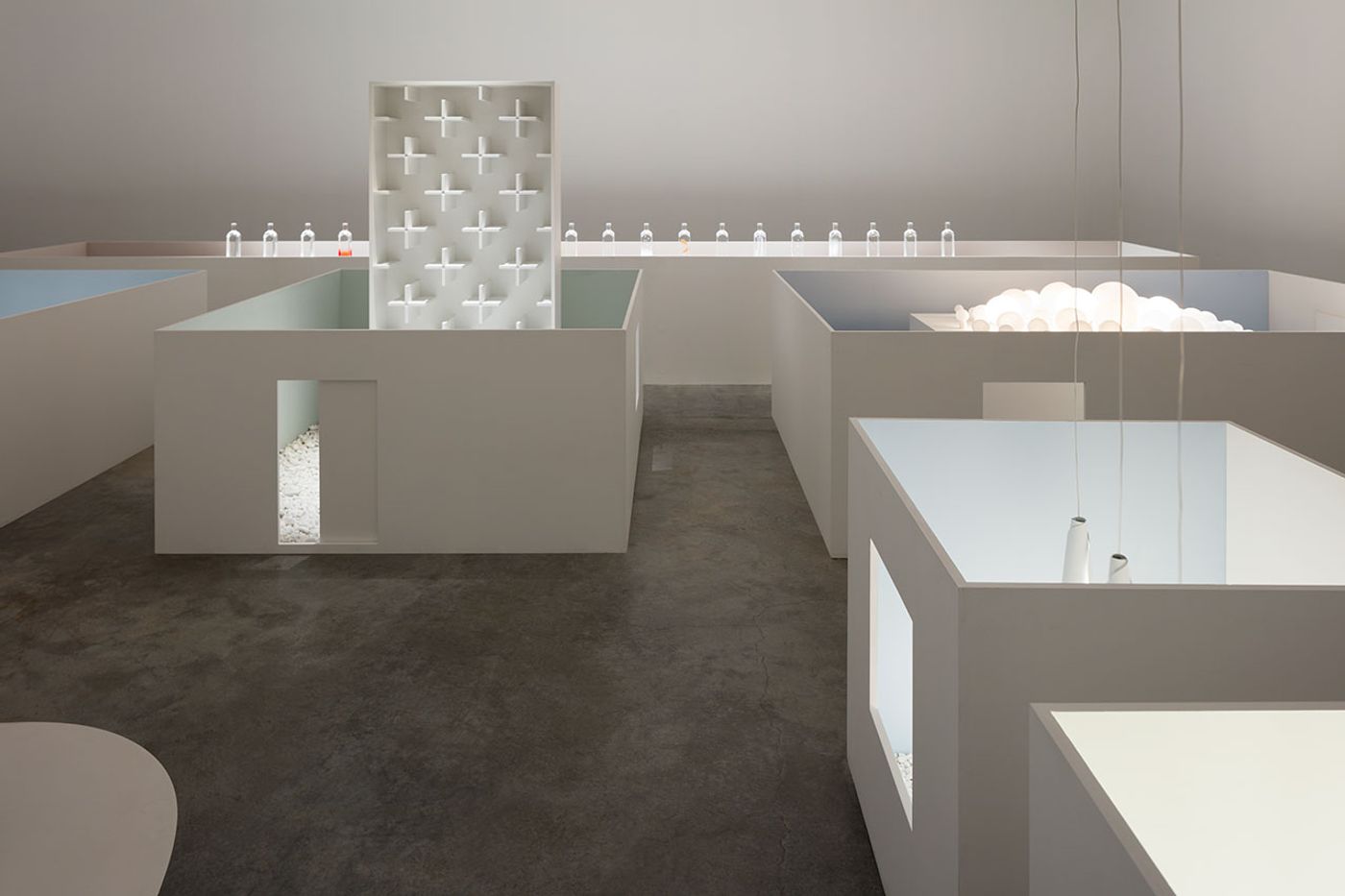
Photo by Takumi Ota.
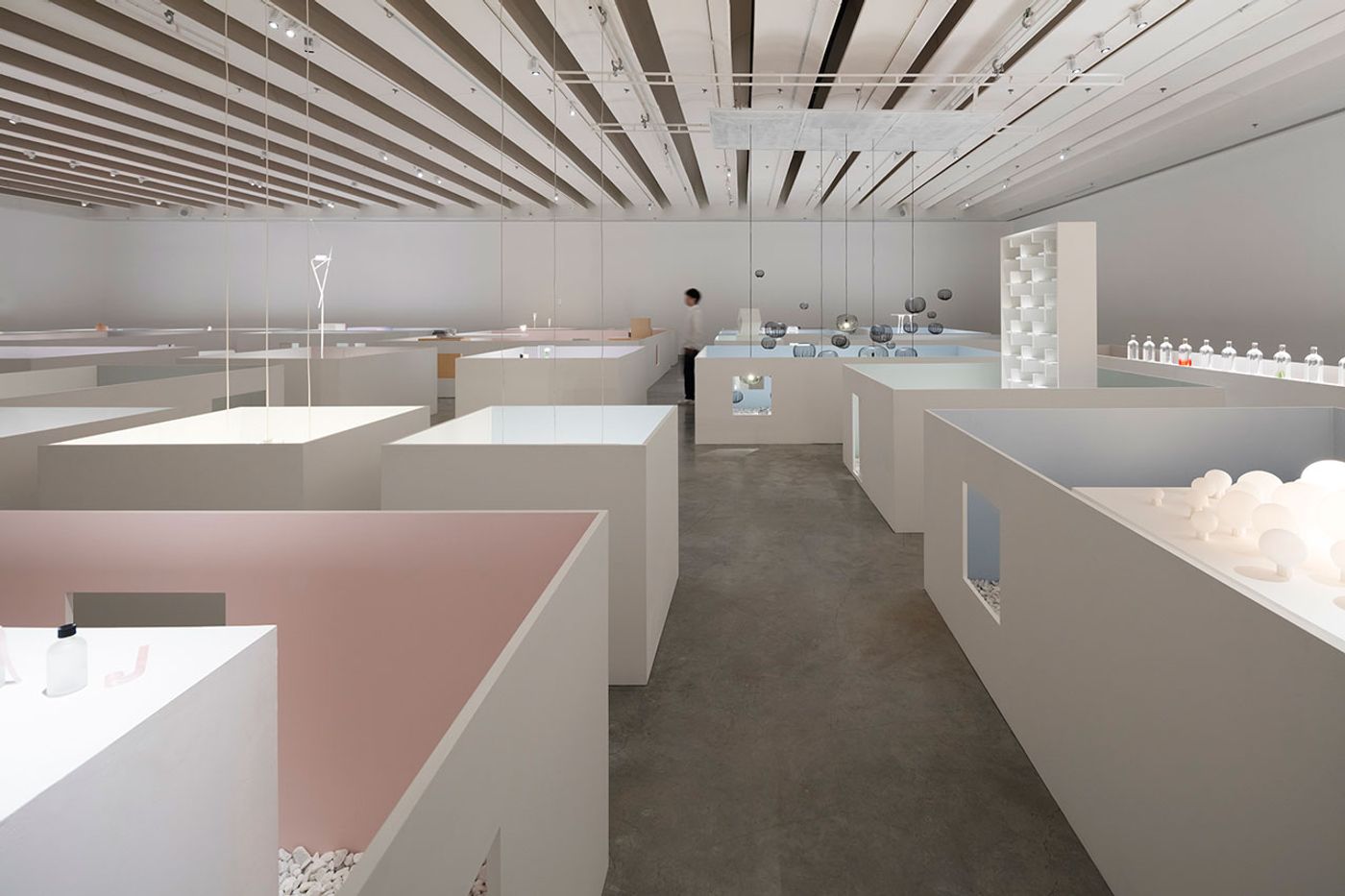
Photo by Takumi Ota.
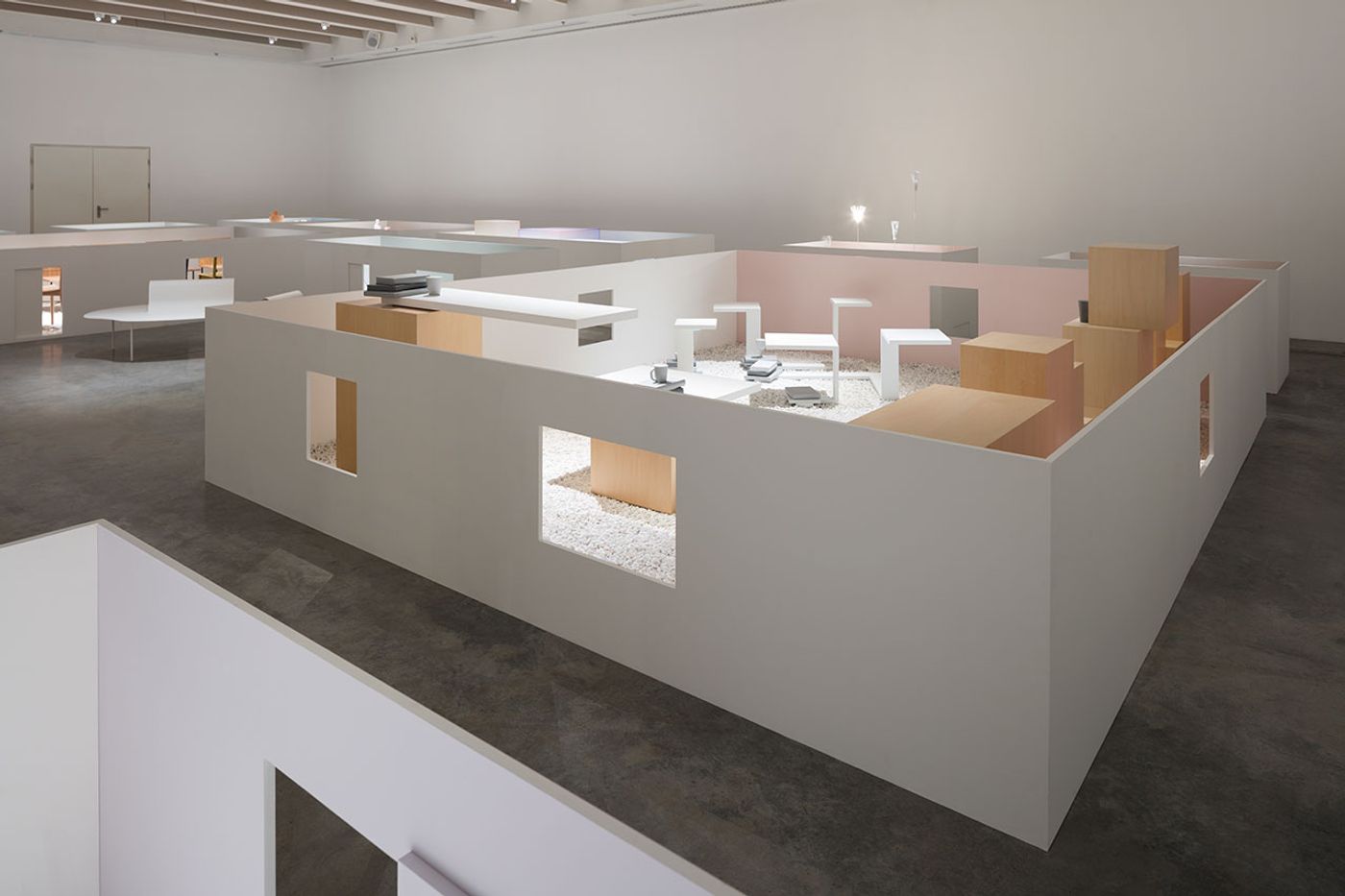
Photo by Takumi Ota.
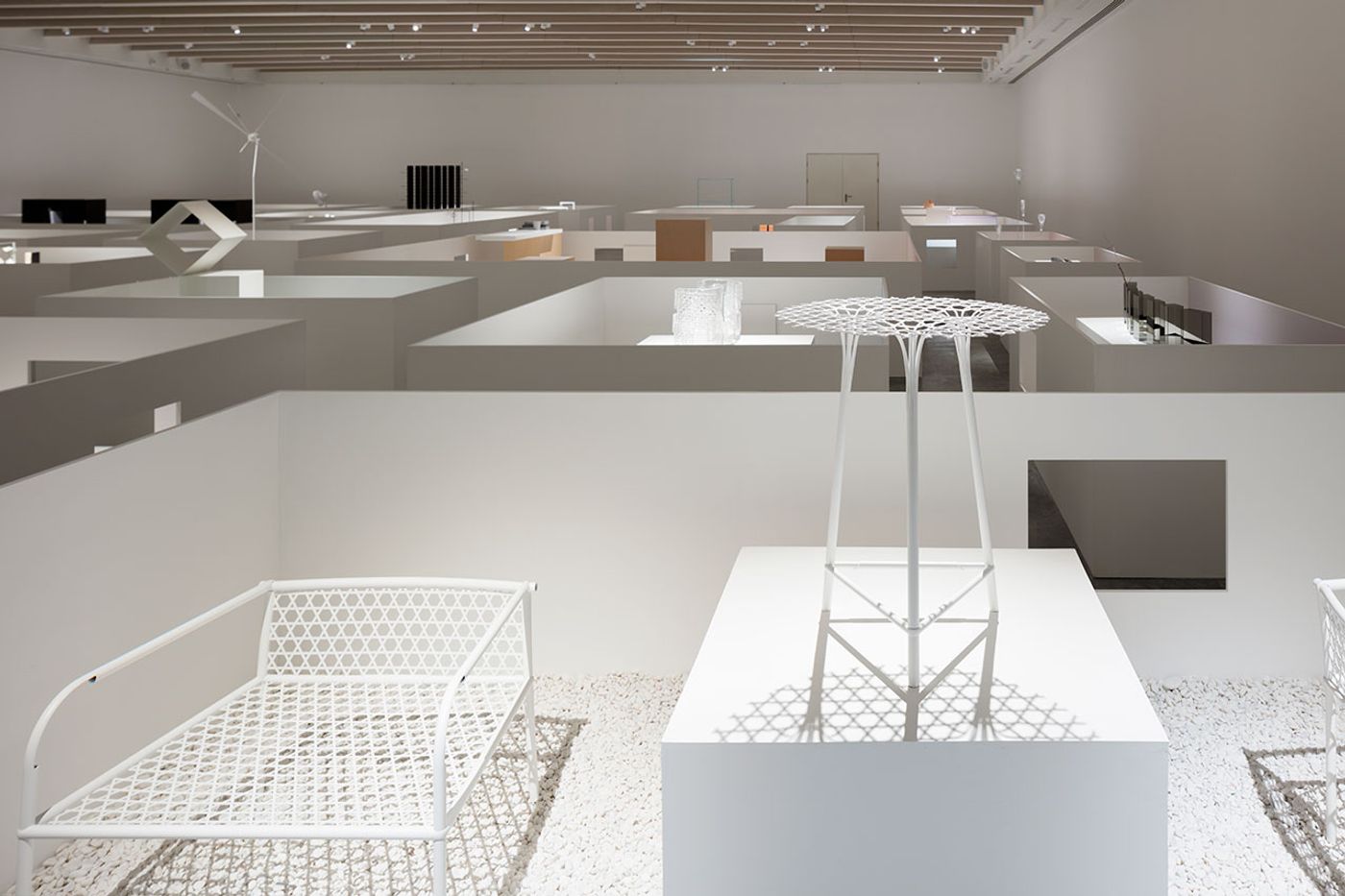
Photo by Takumi Ota.
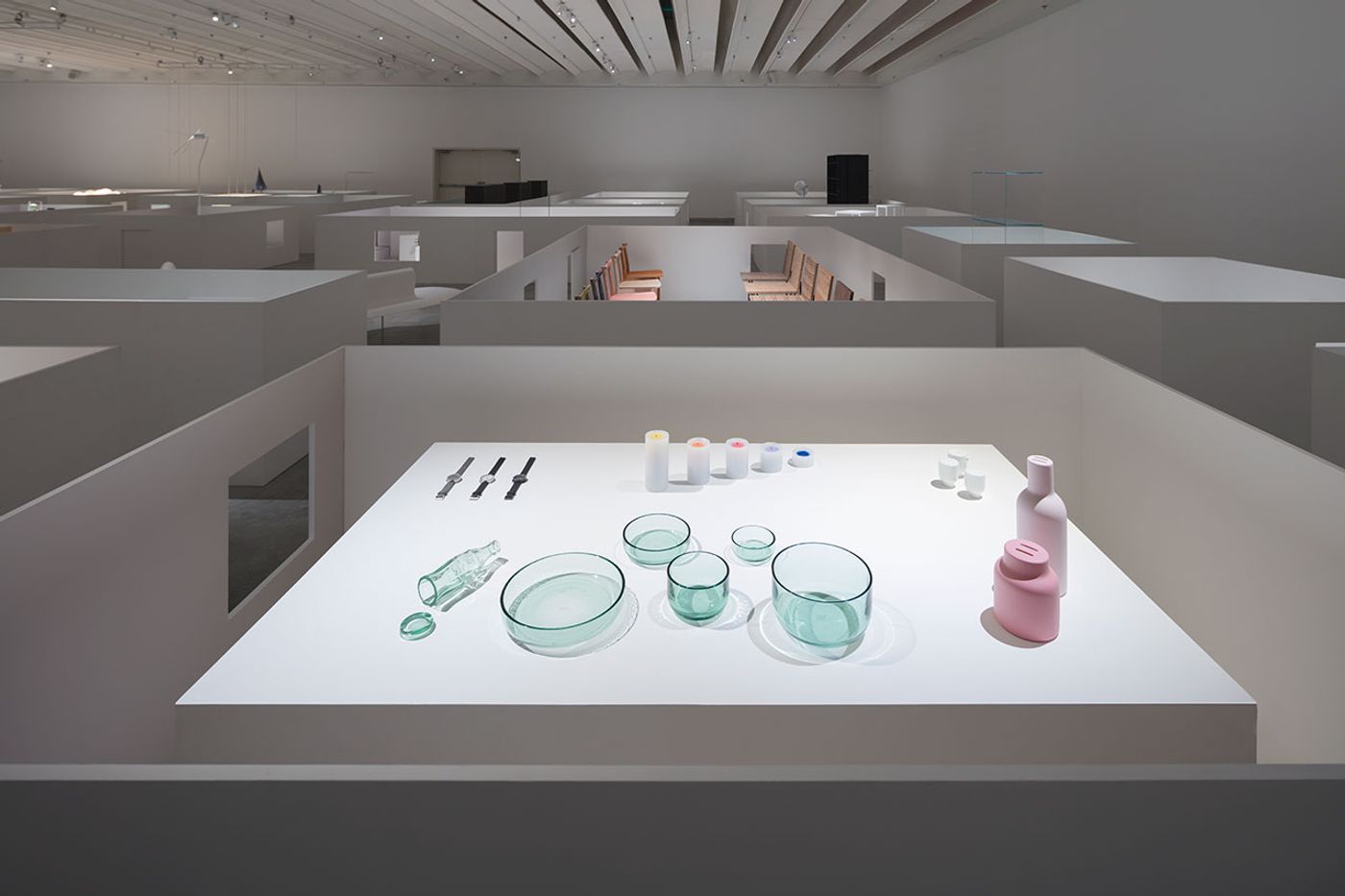
Photo by Takumi Ota.
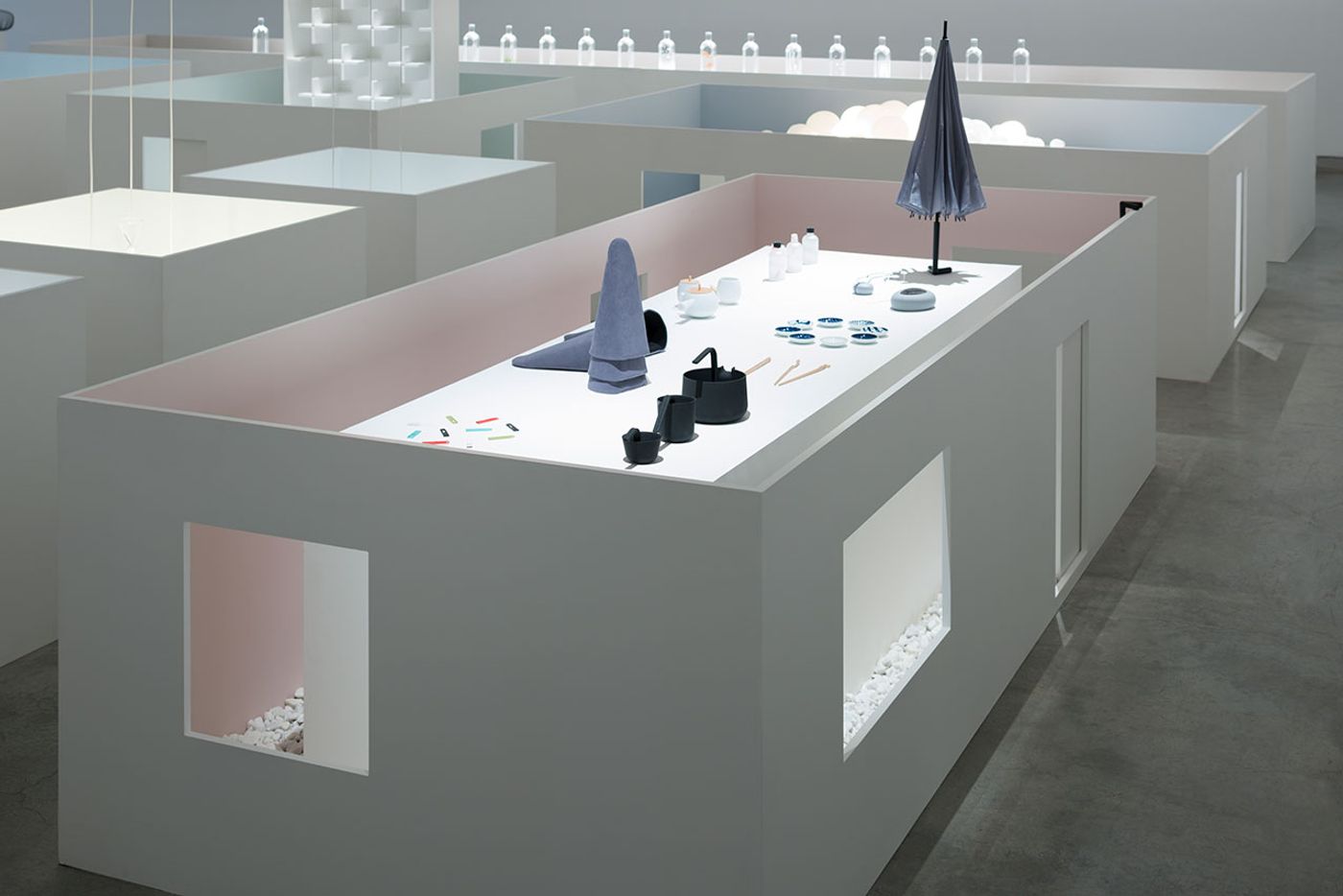
Photo by Takumi Ota.
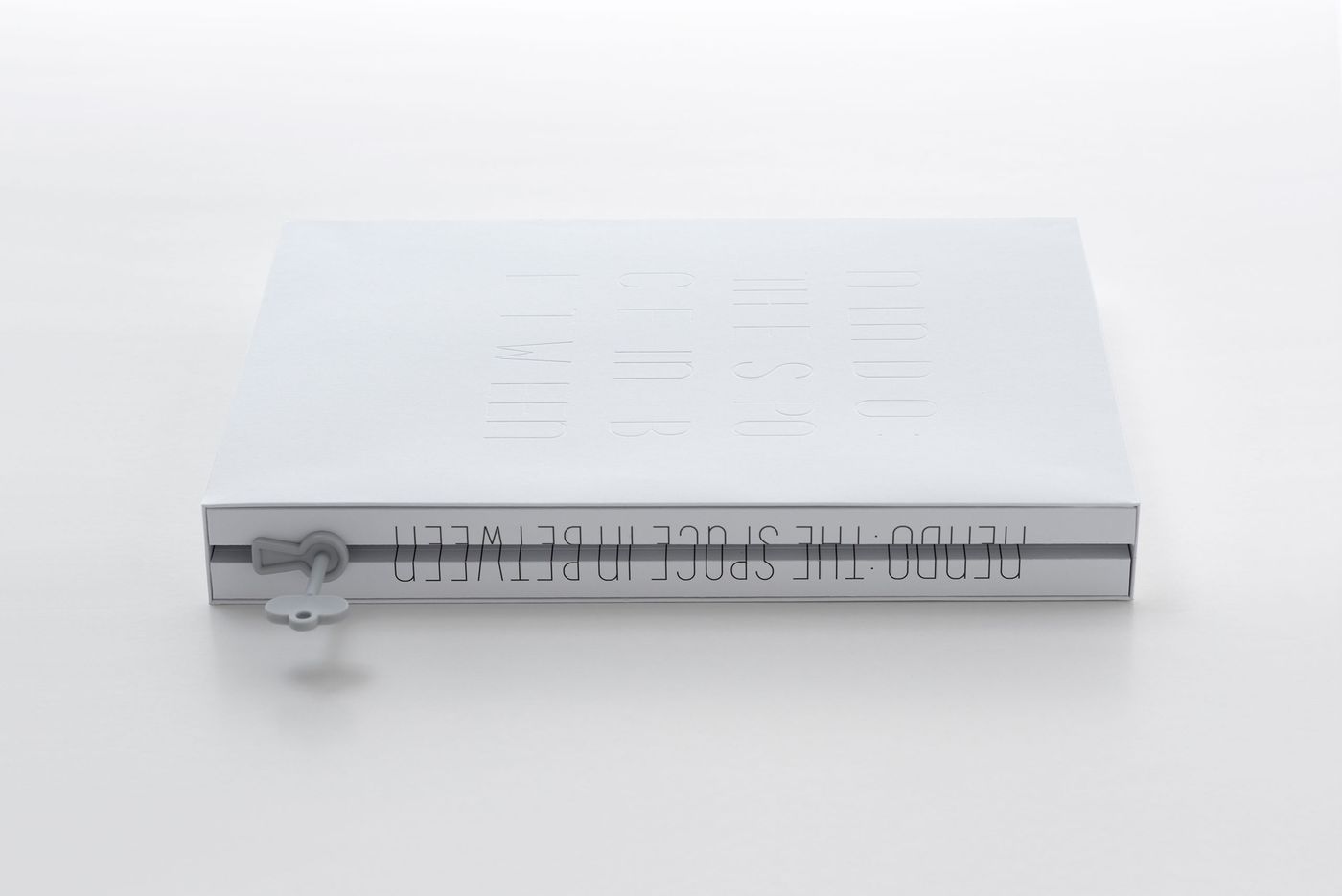
Photo by Takumi Ota.
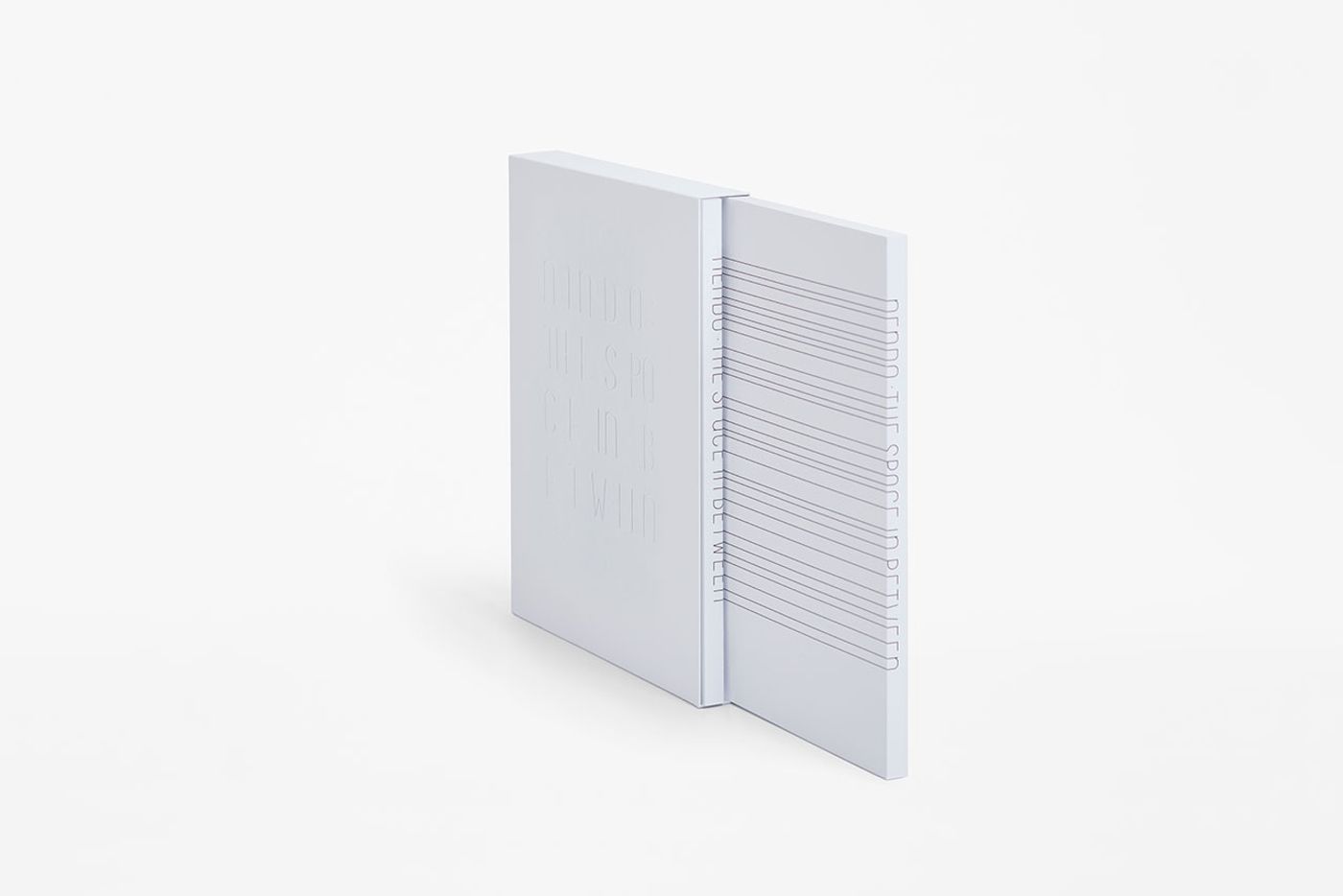
Photo by Takumi Ota.
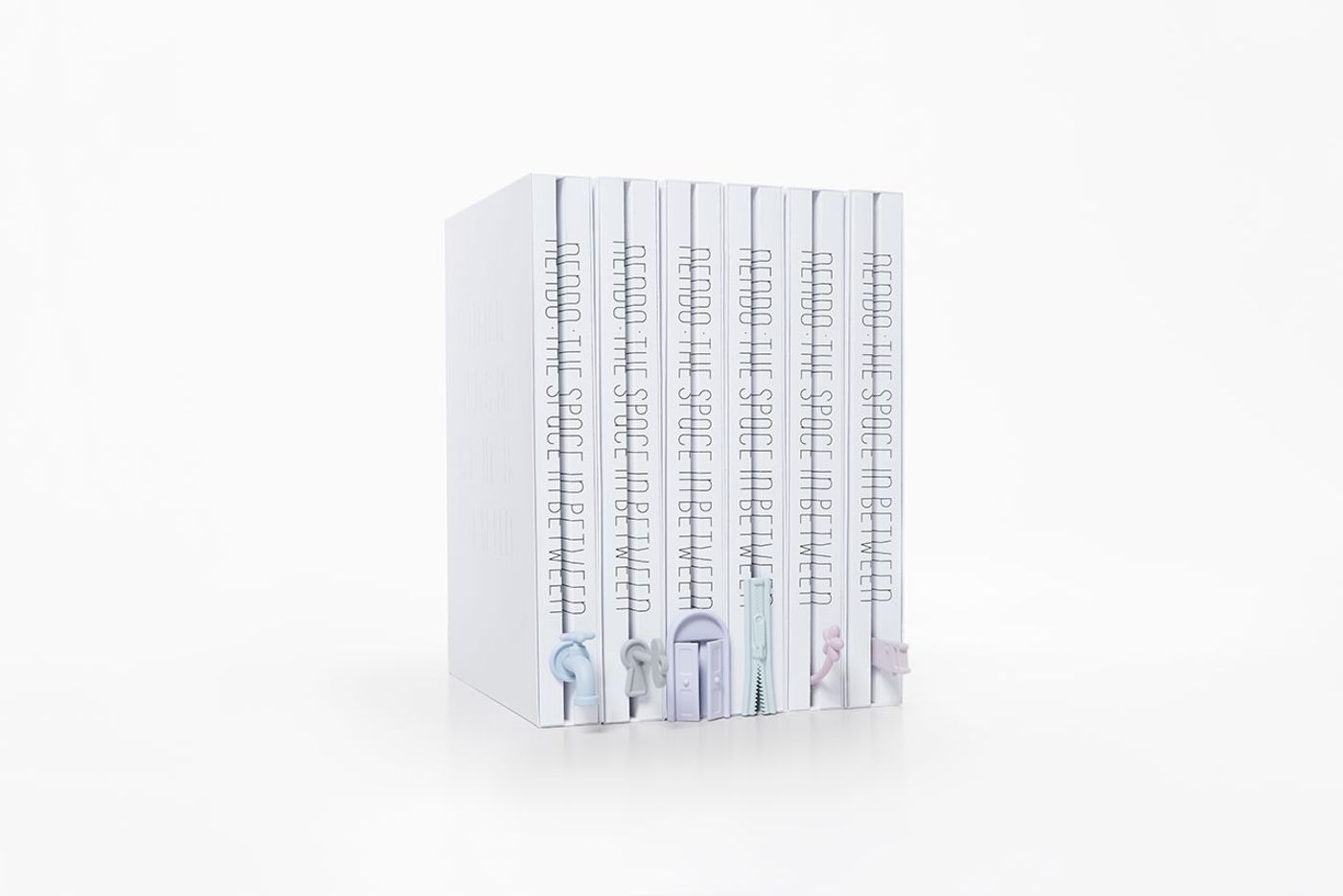
Photo by Takumi Ota.
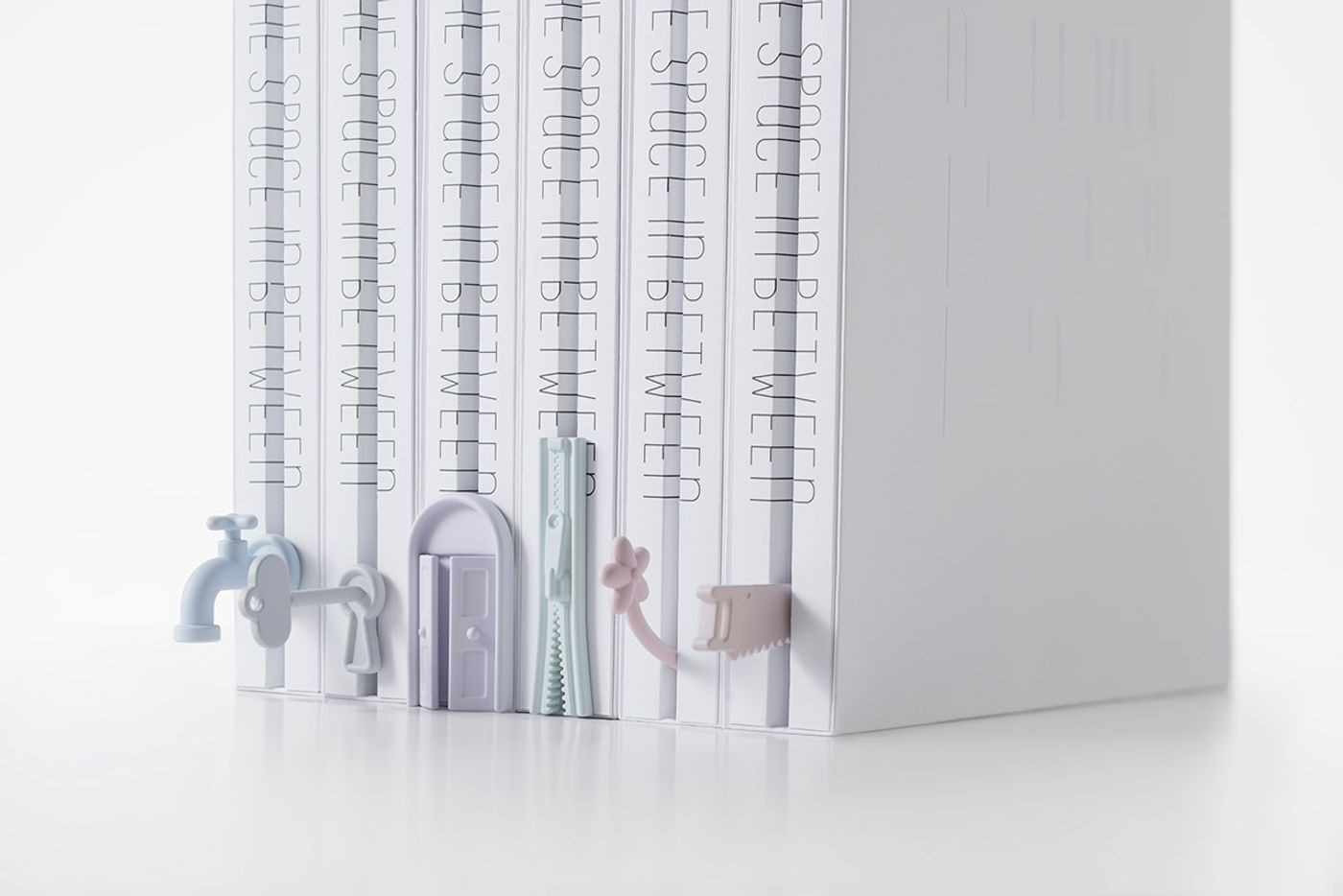
Photo by Takumi Ota.

Photo by Takumi Ota.